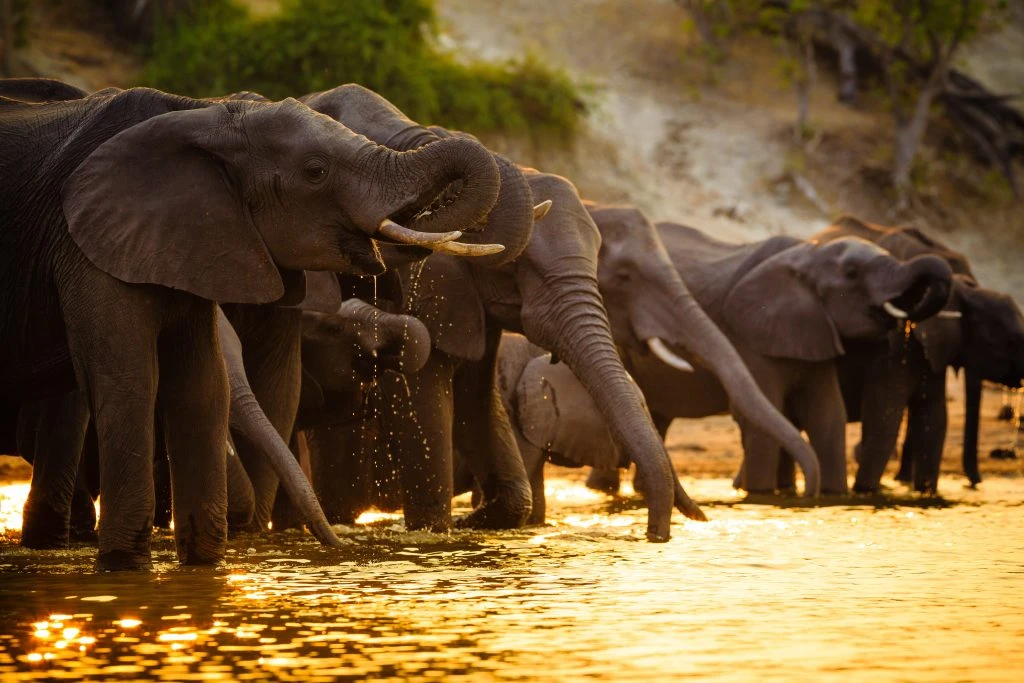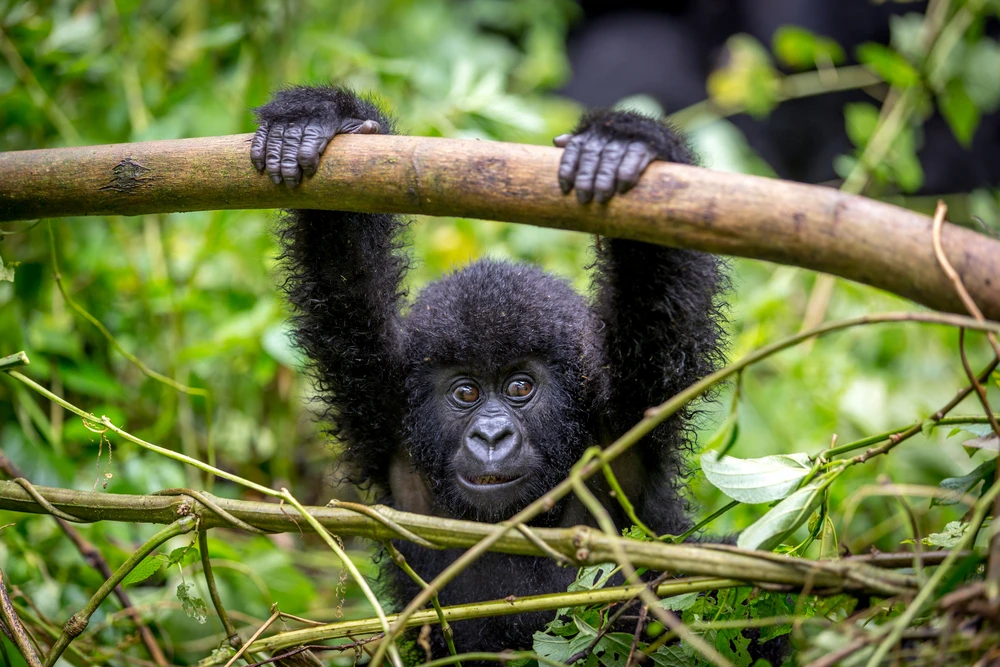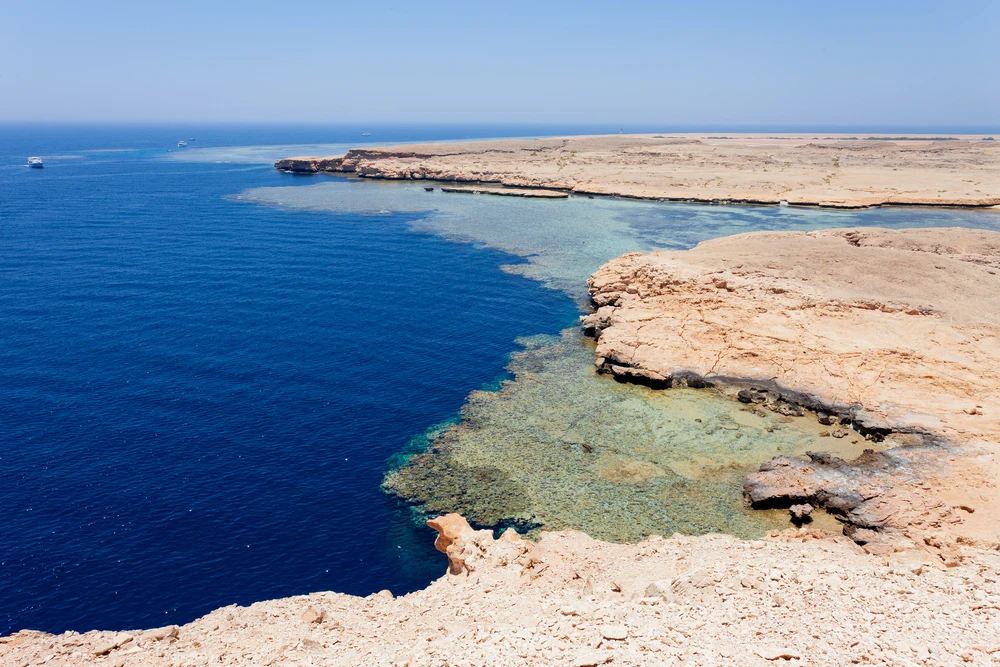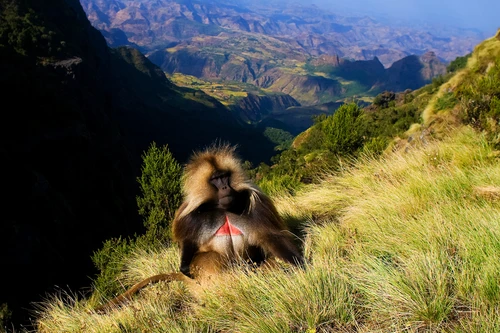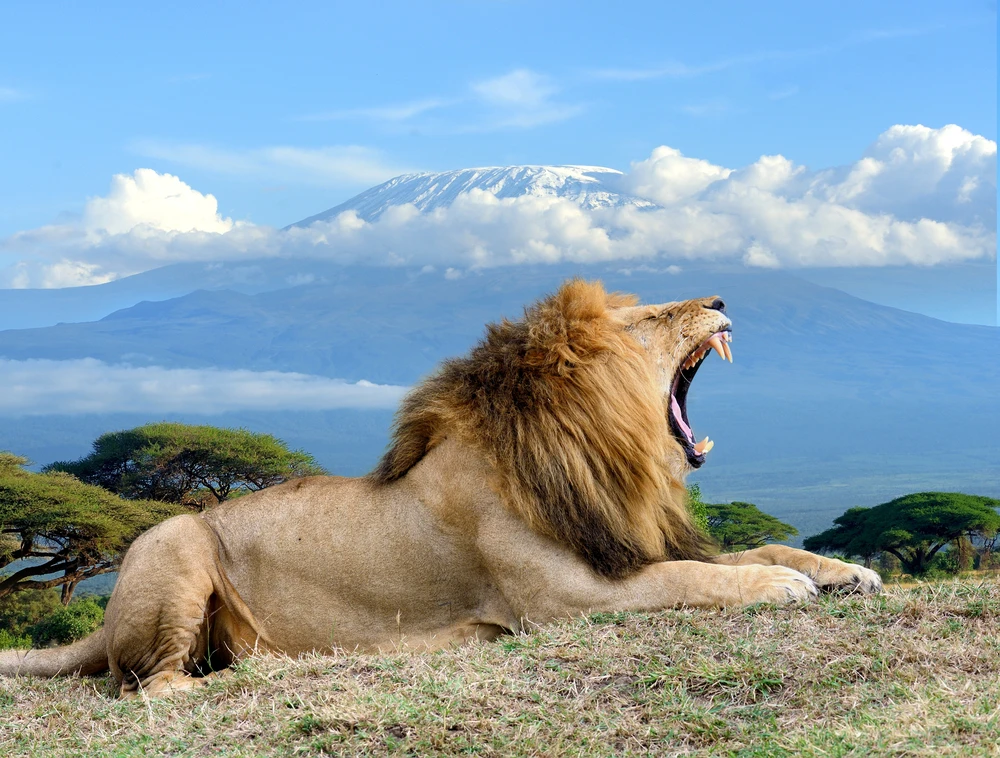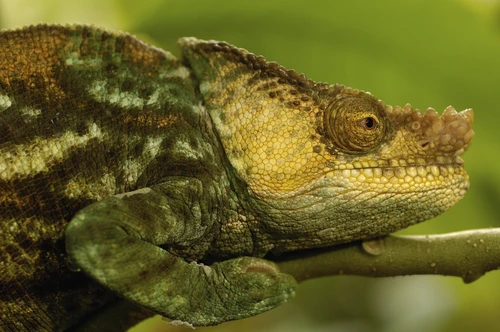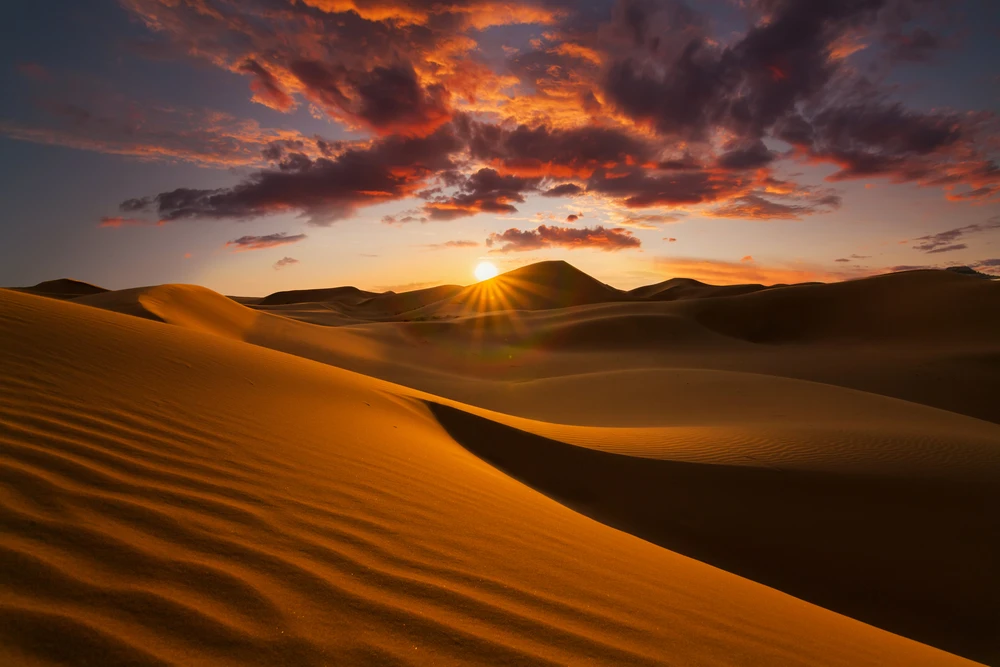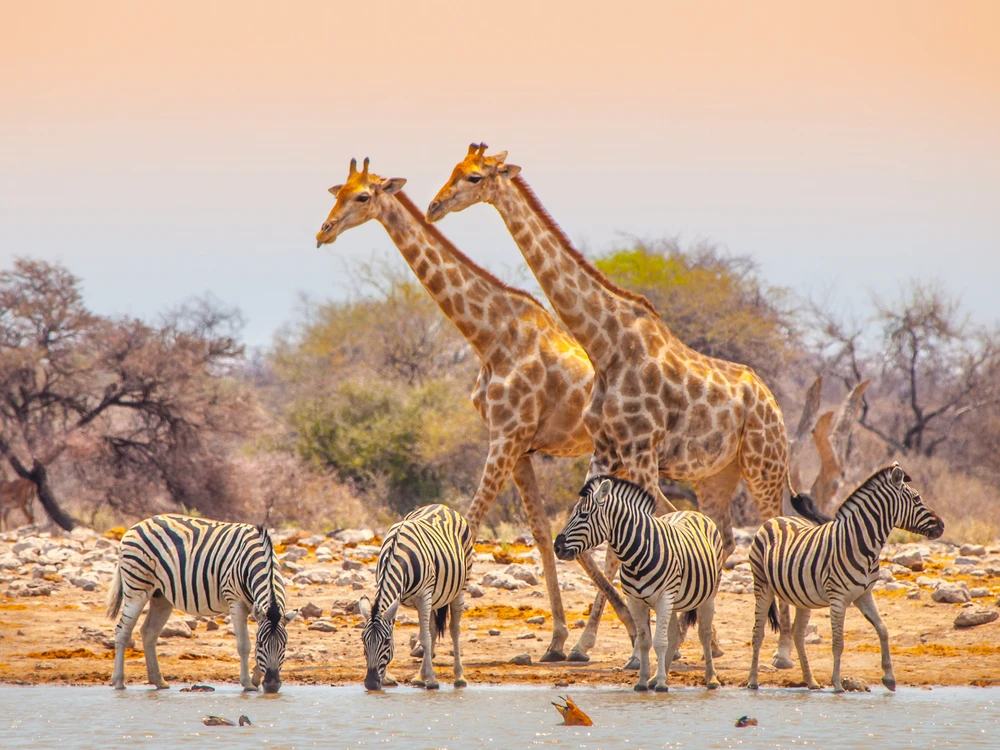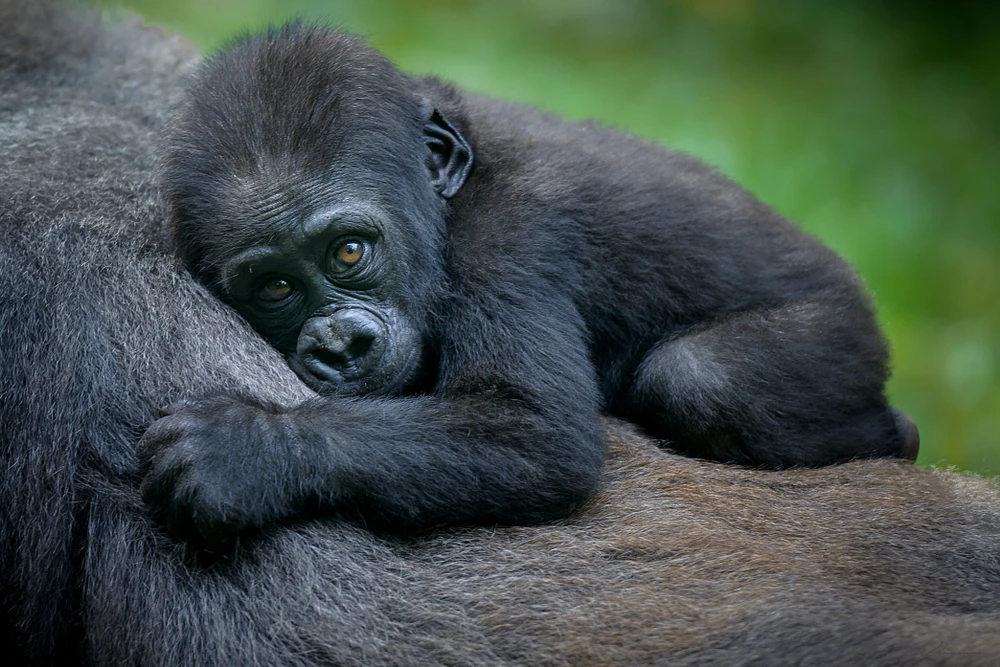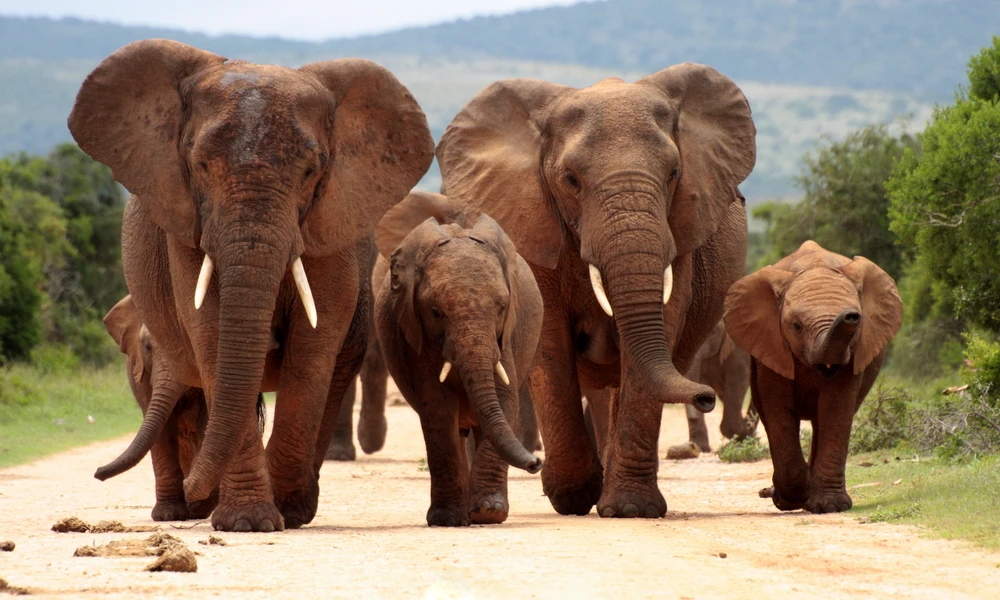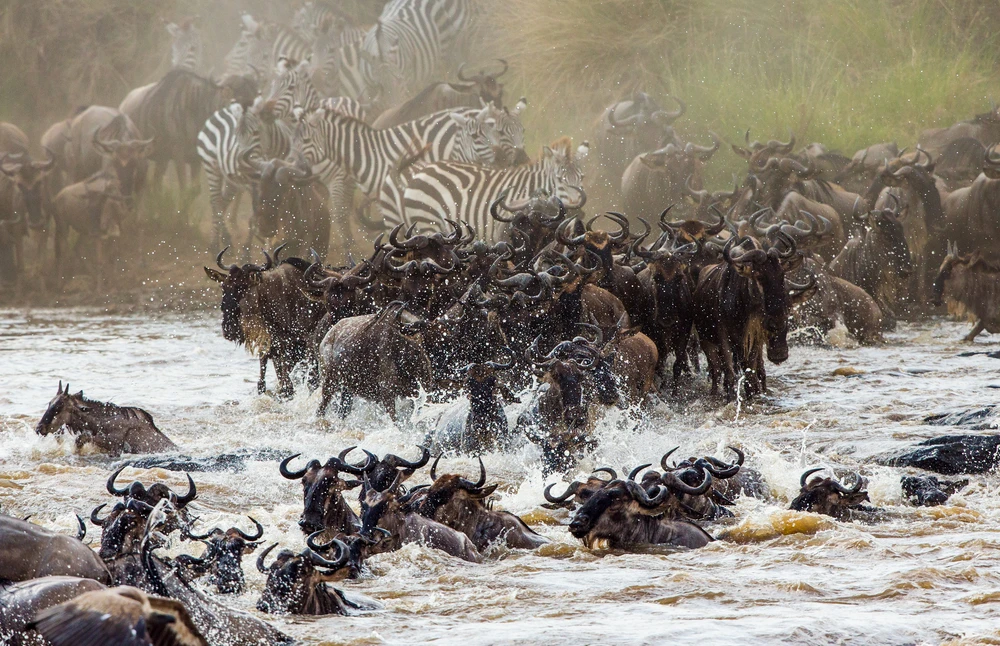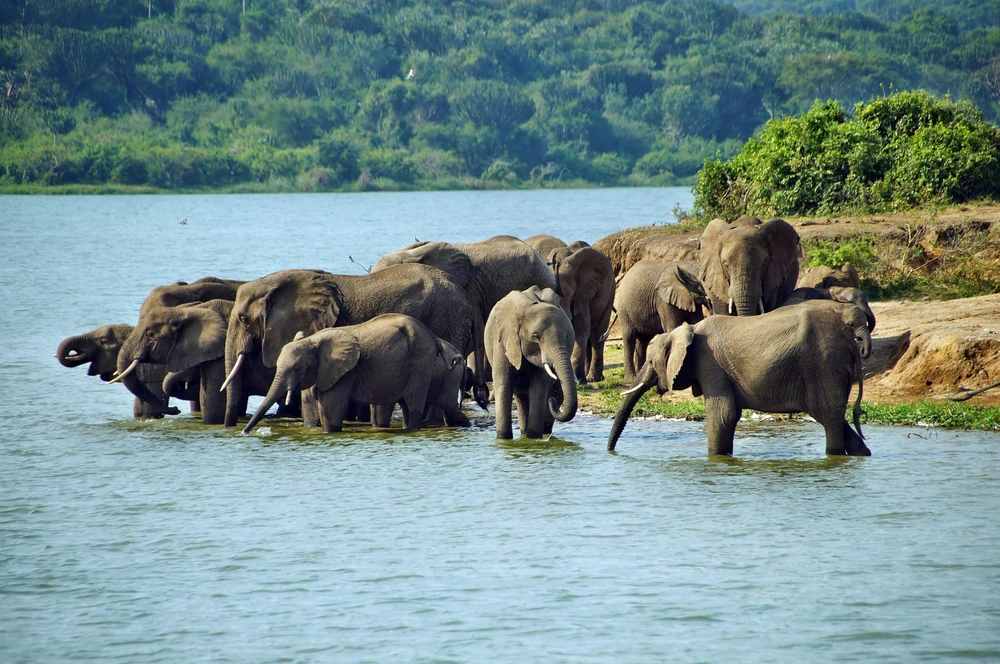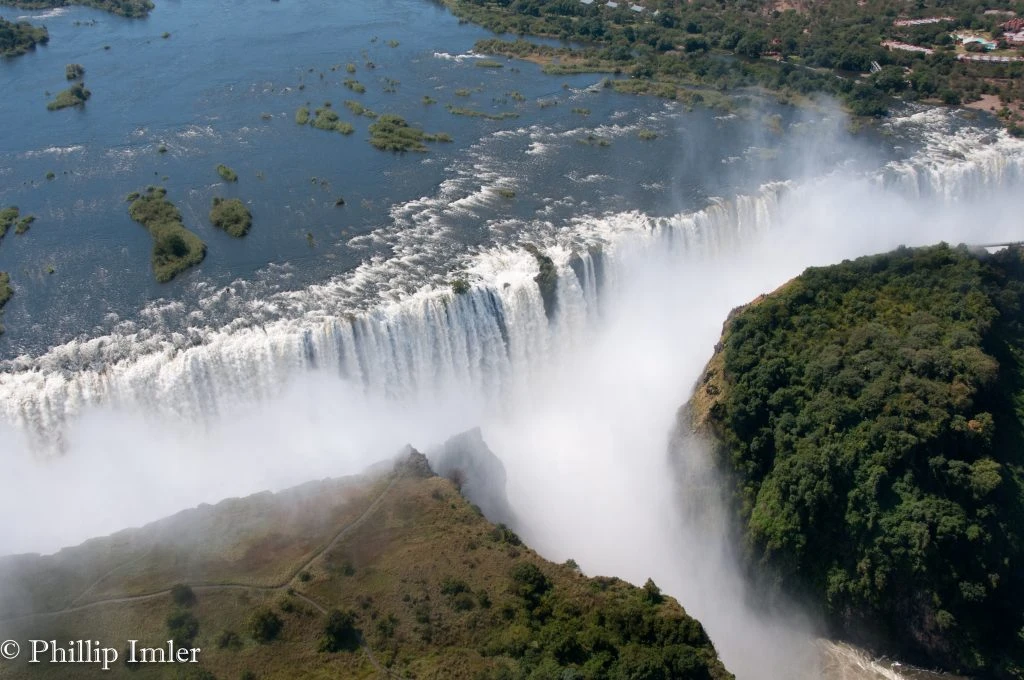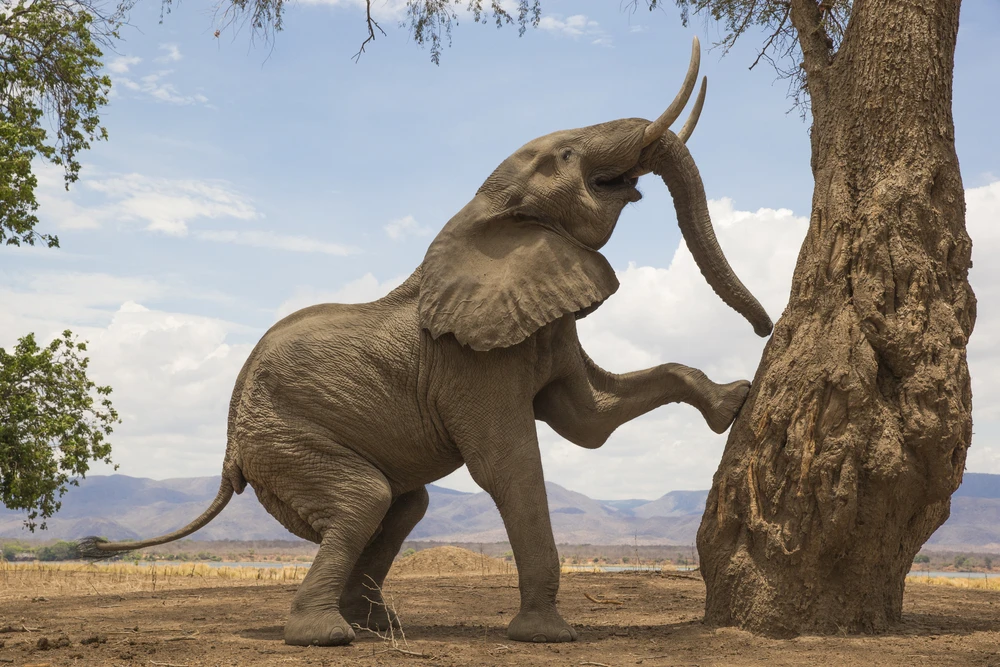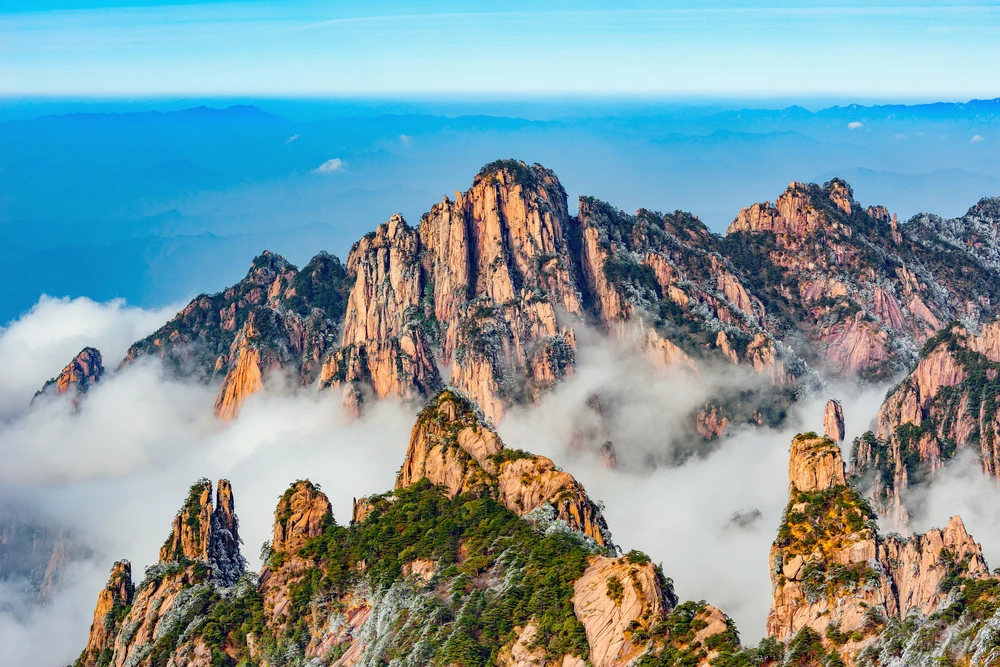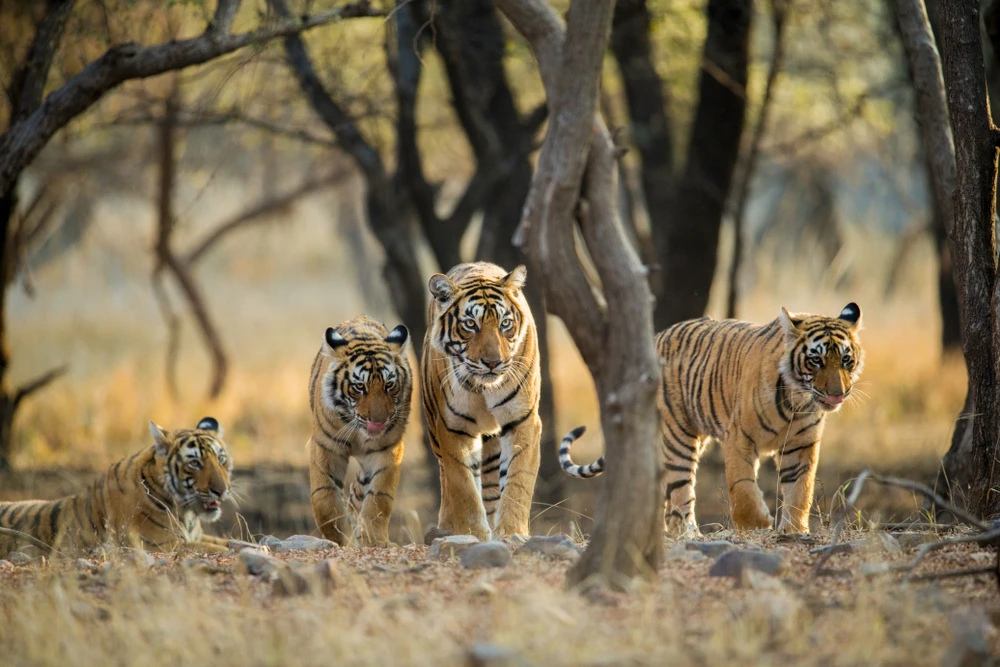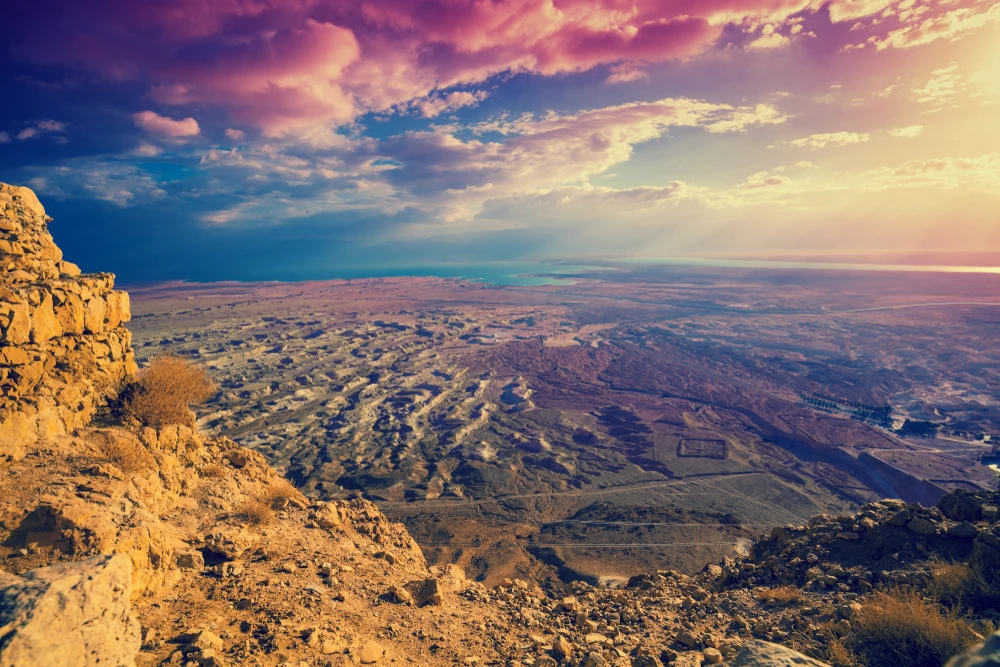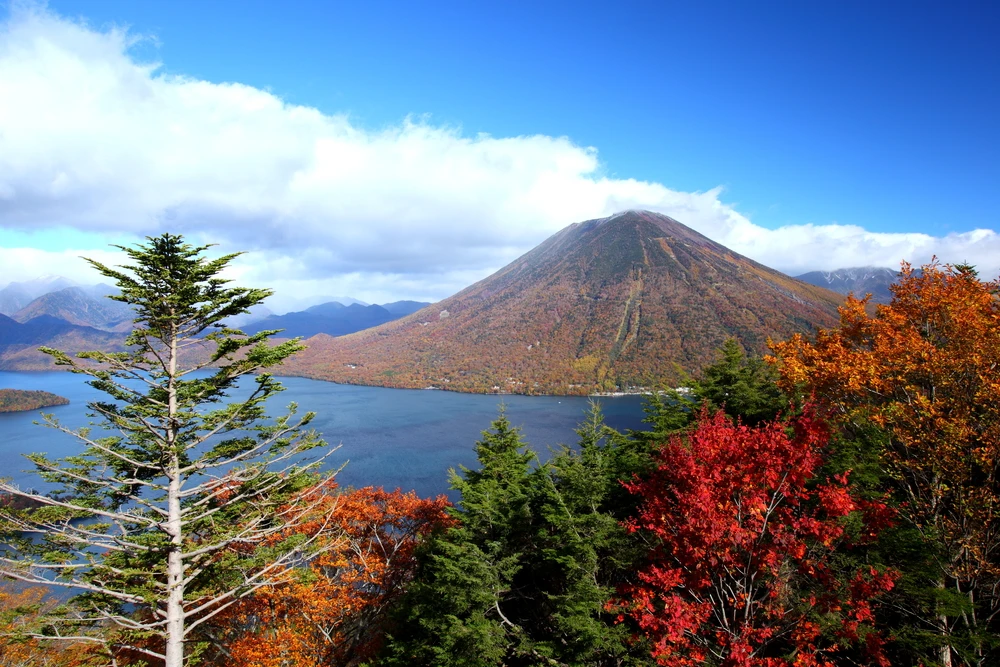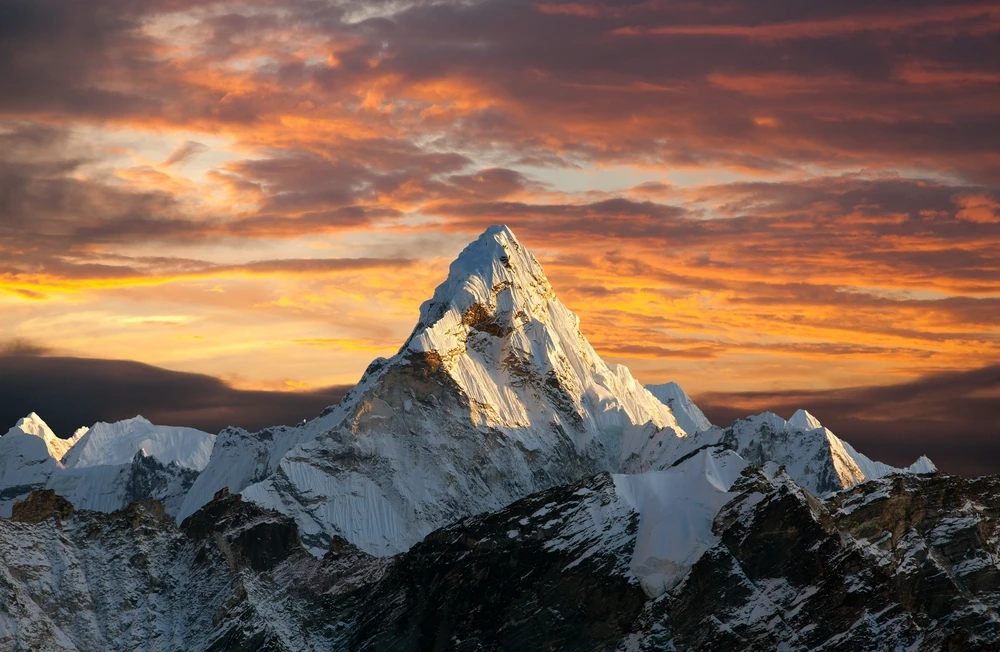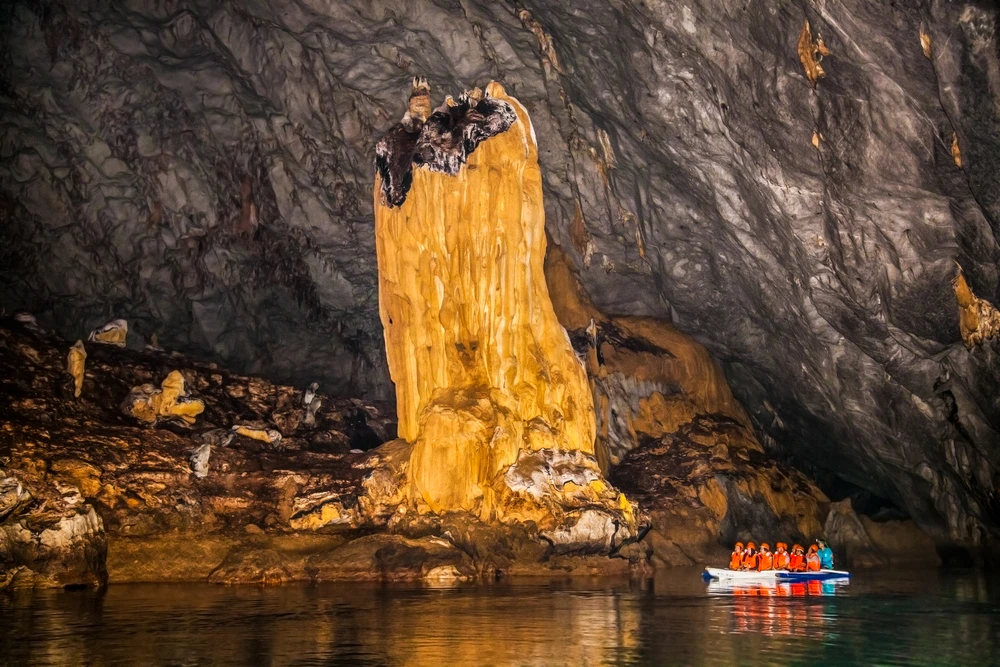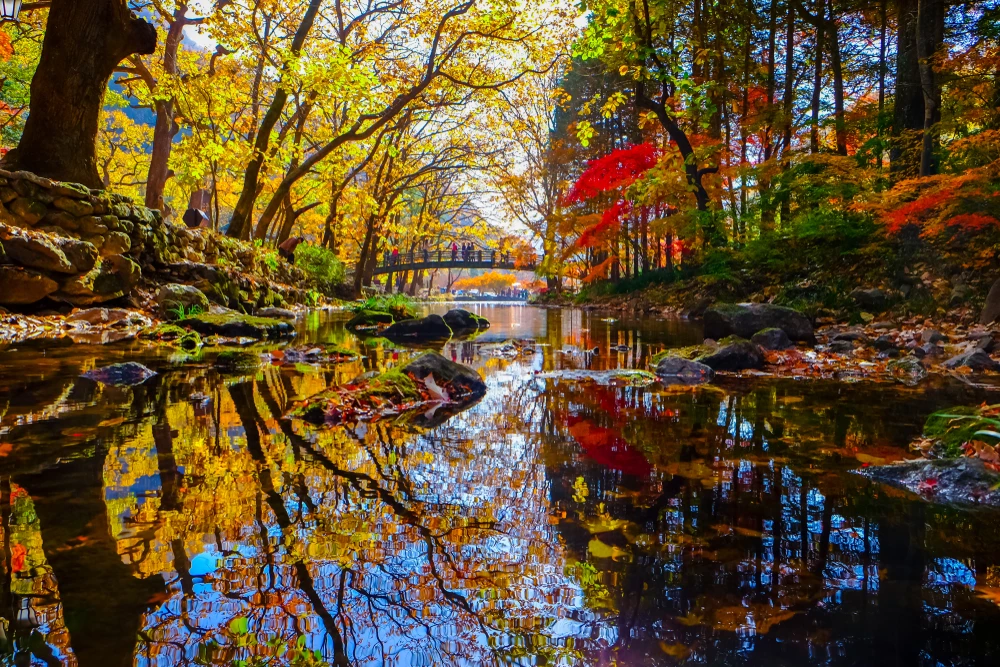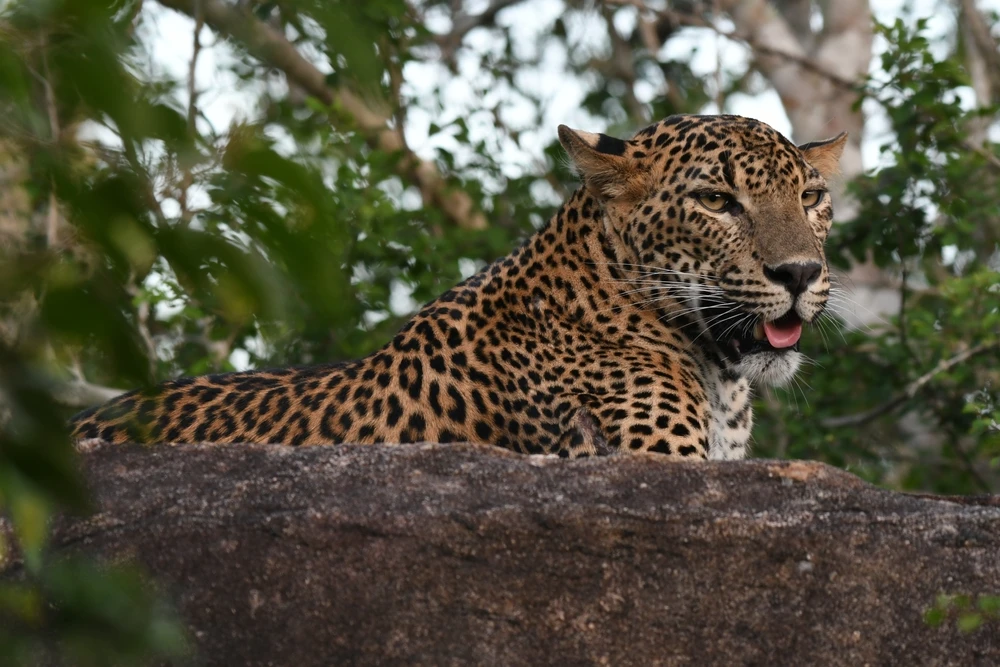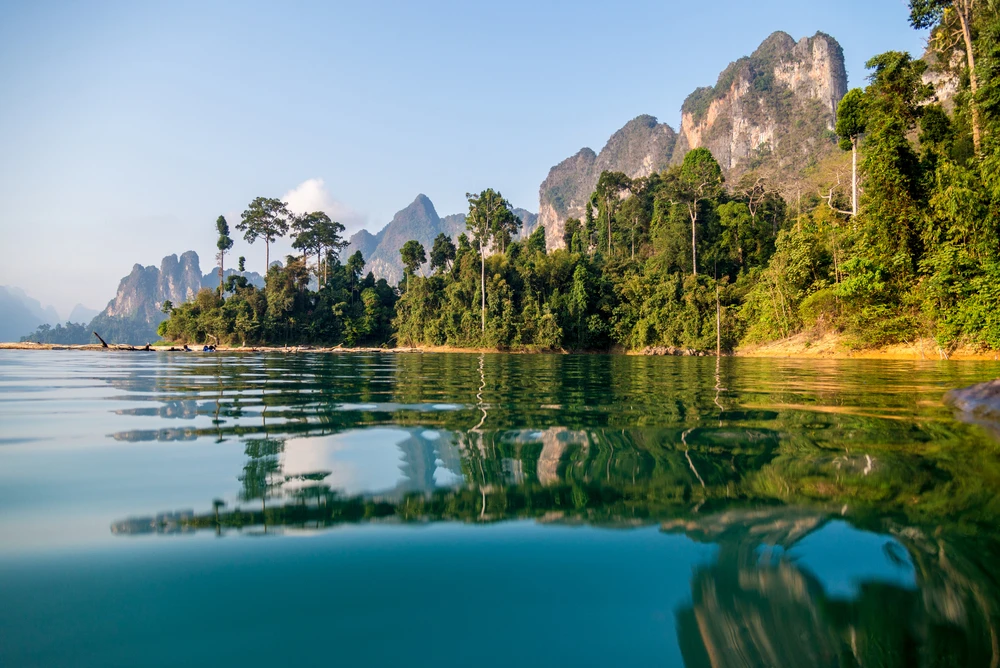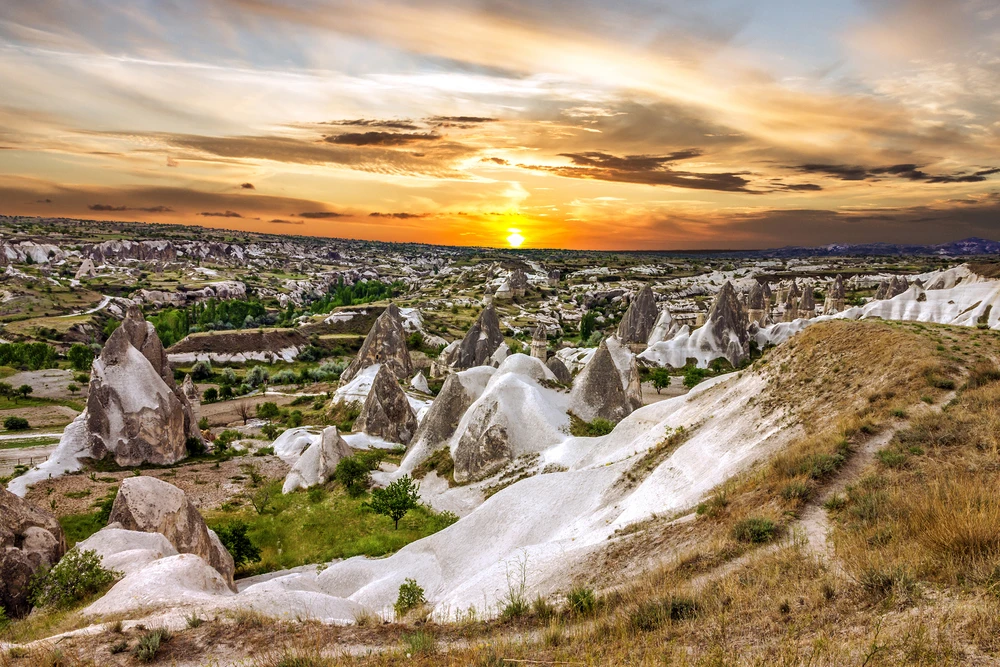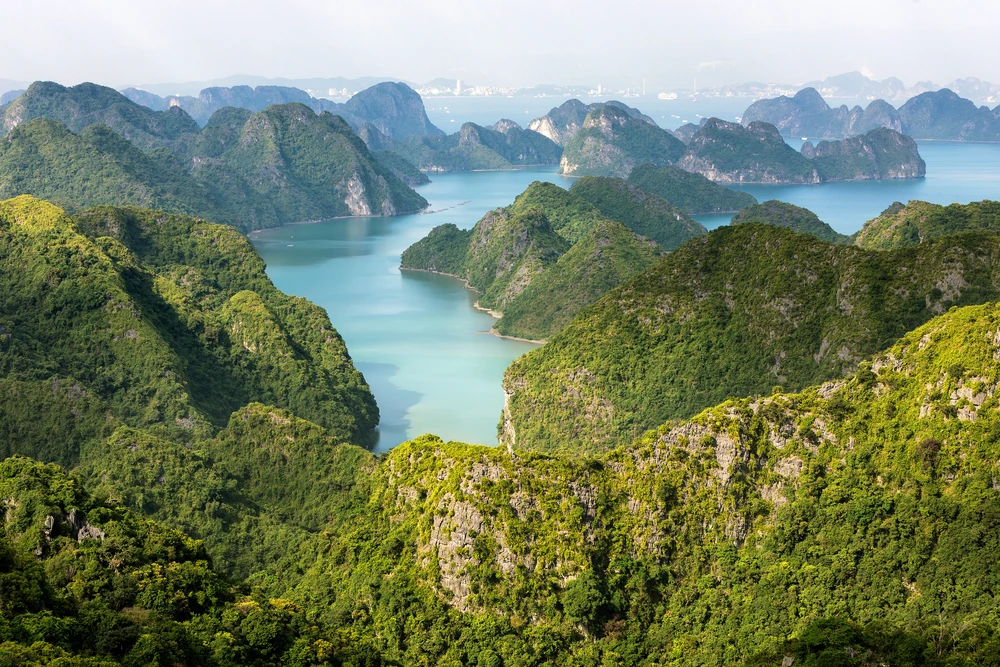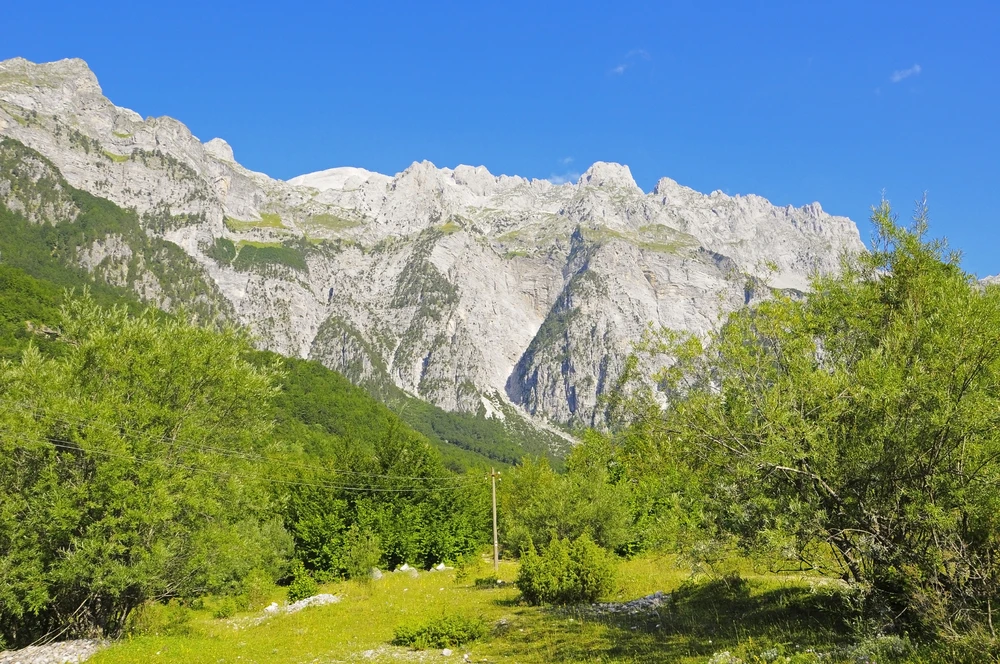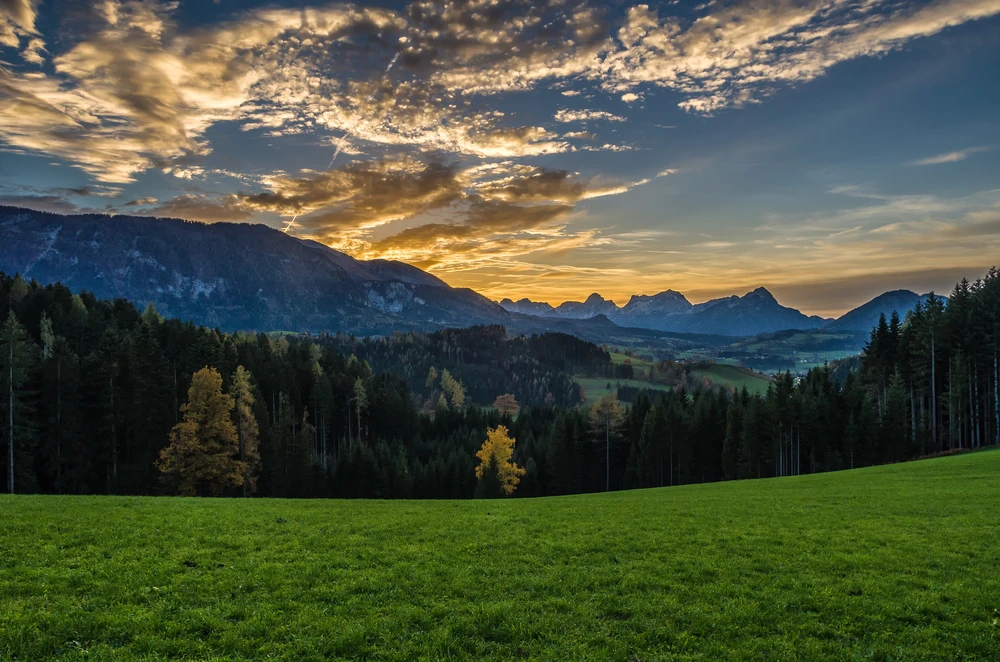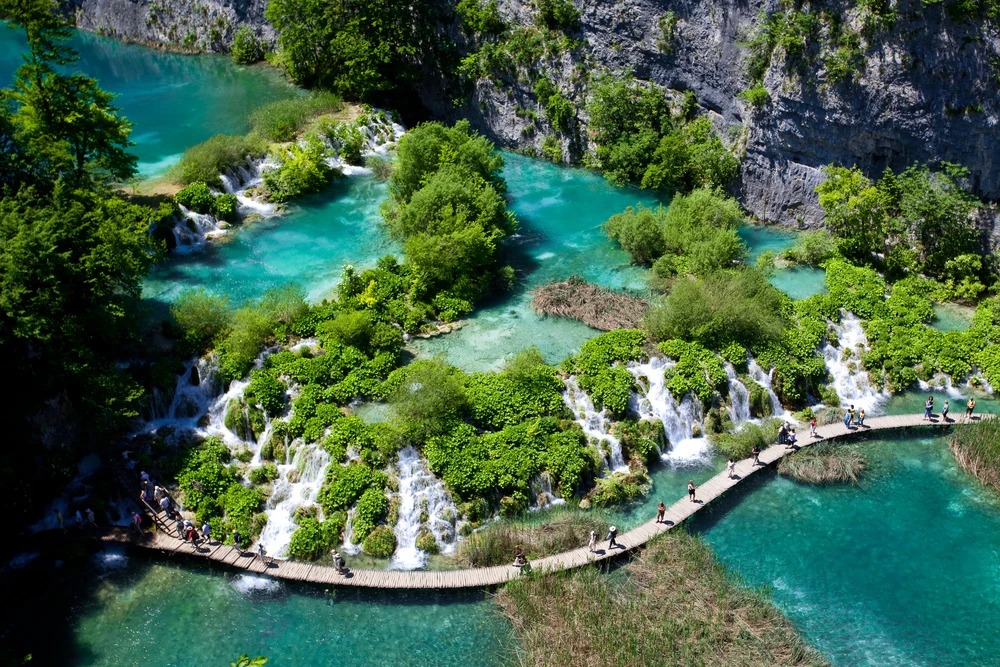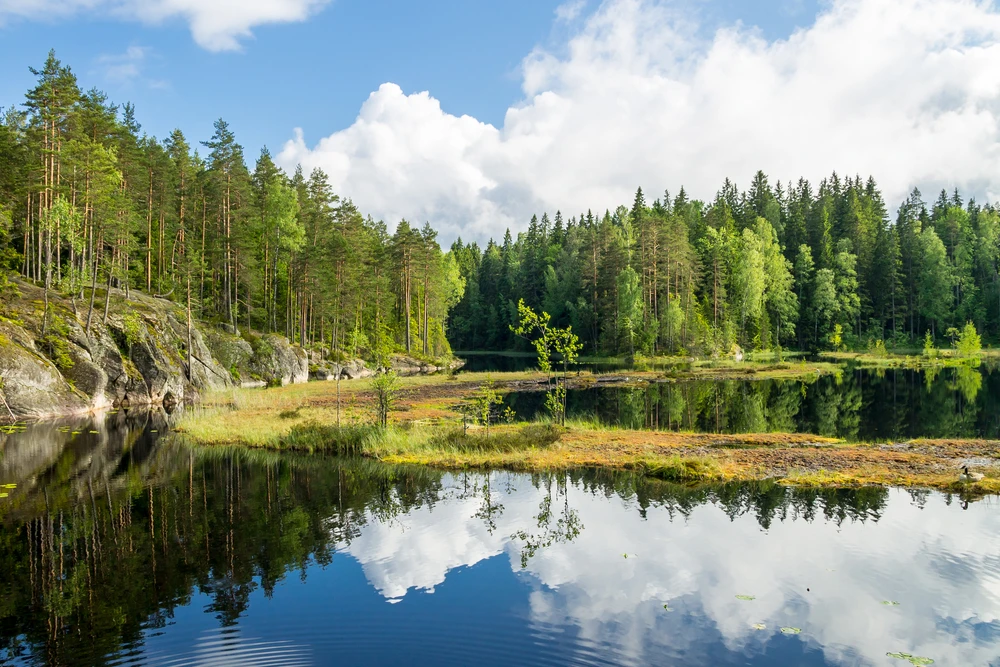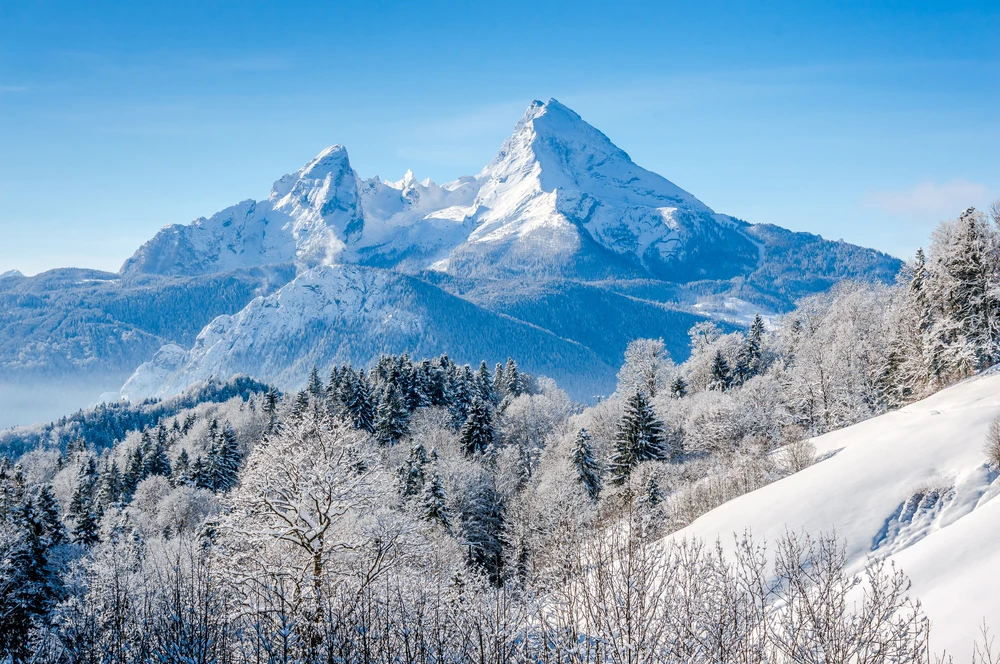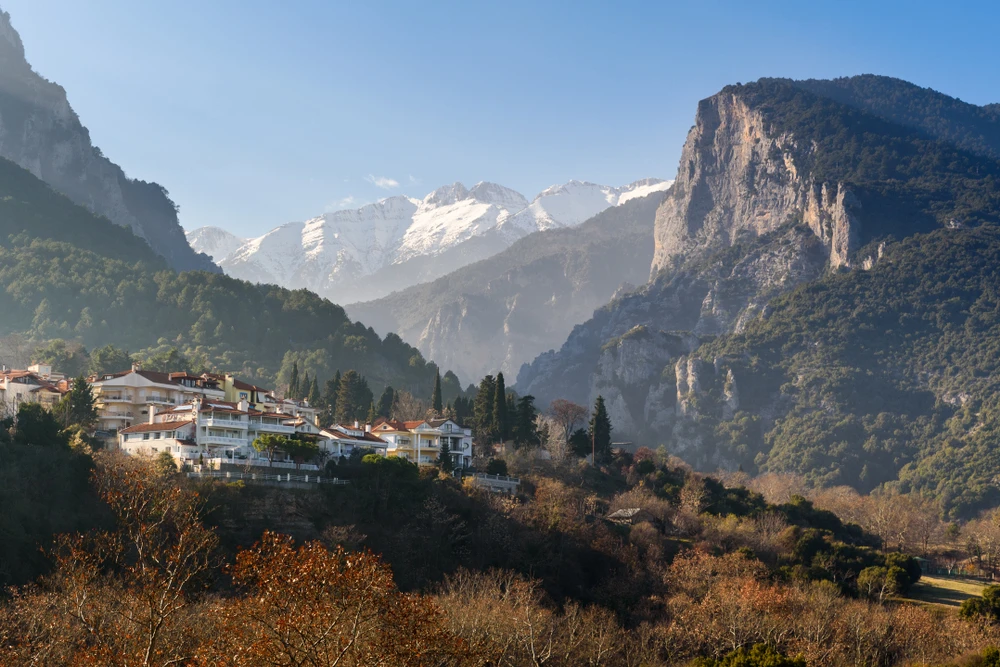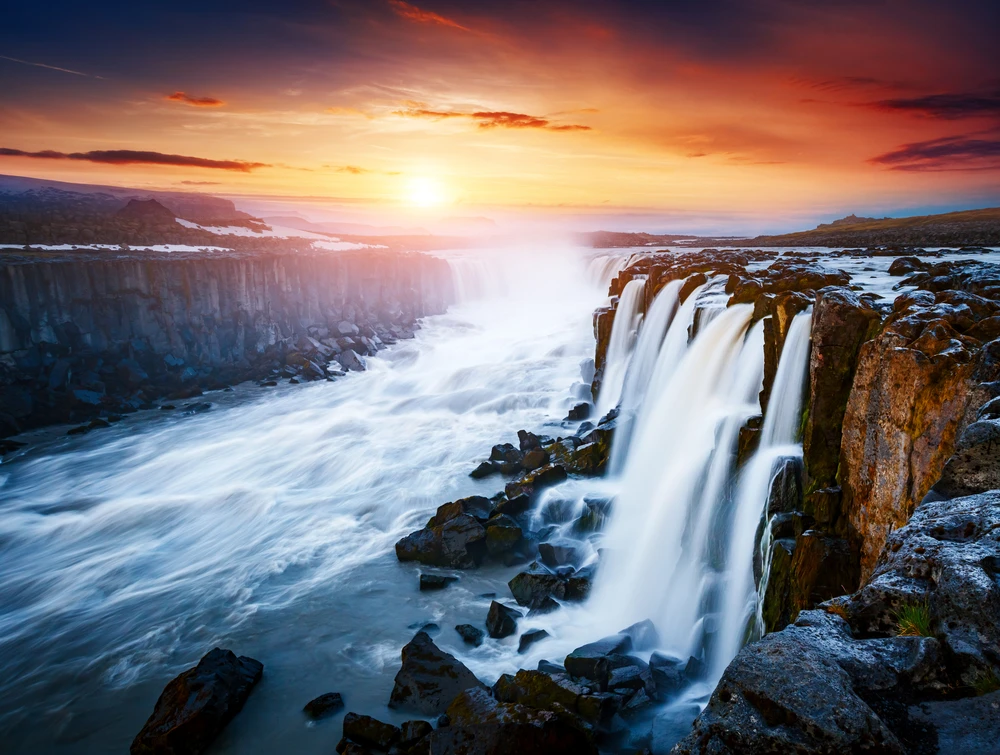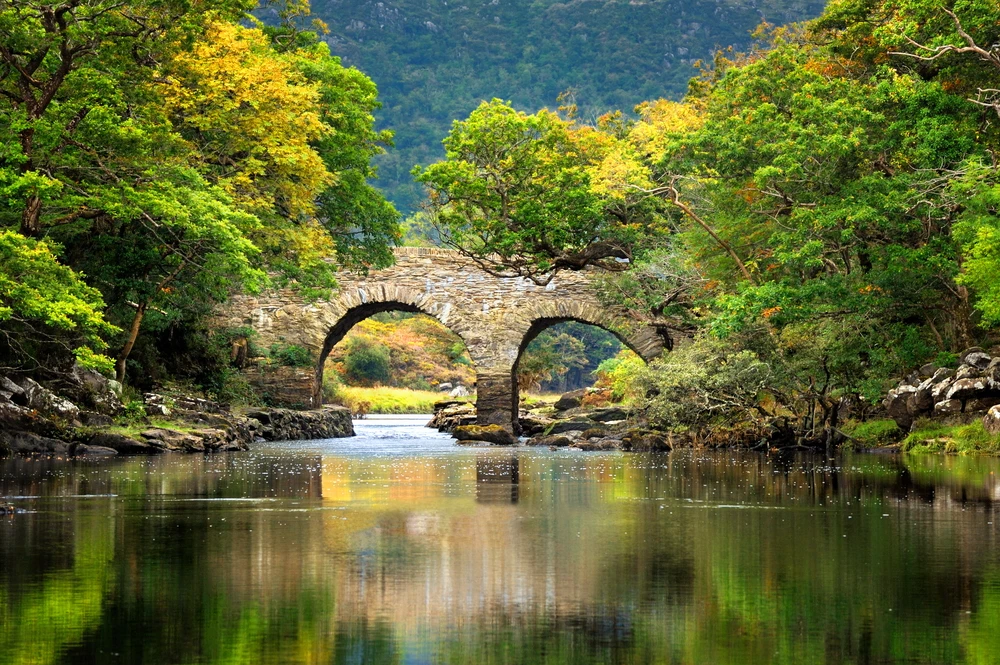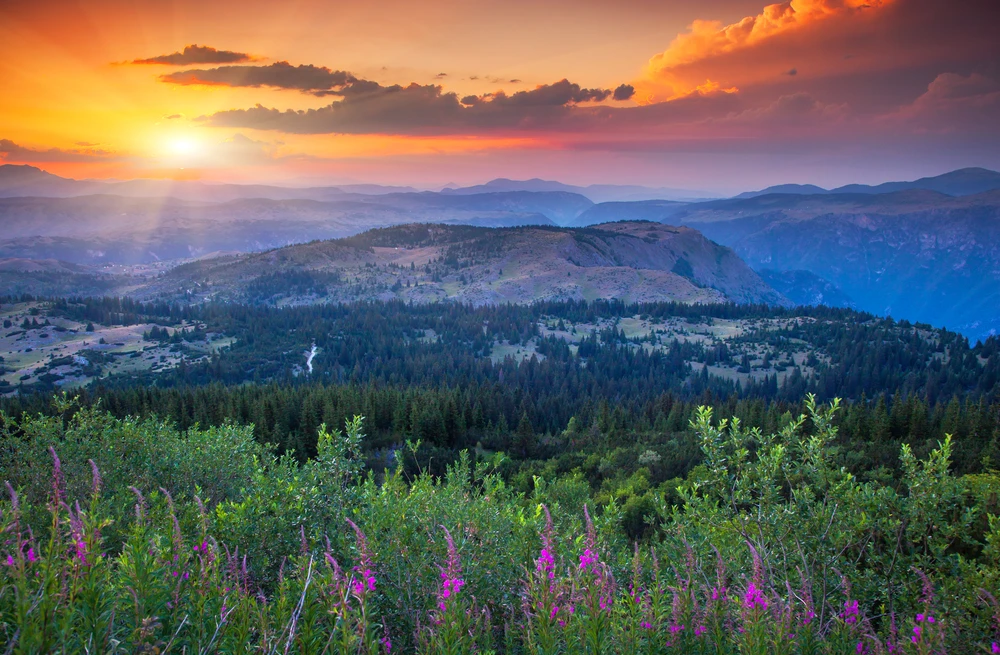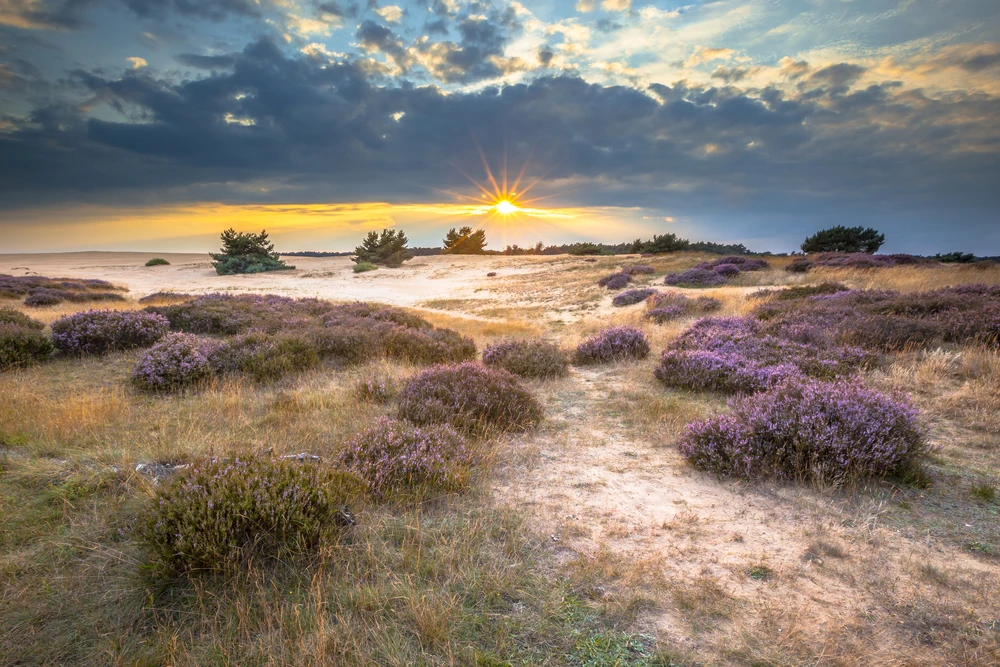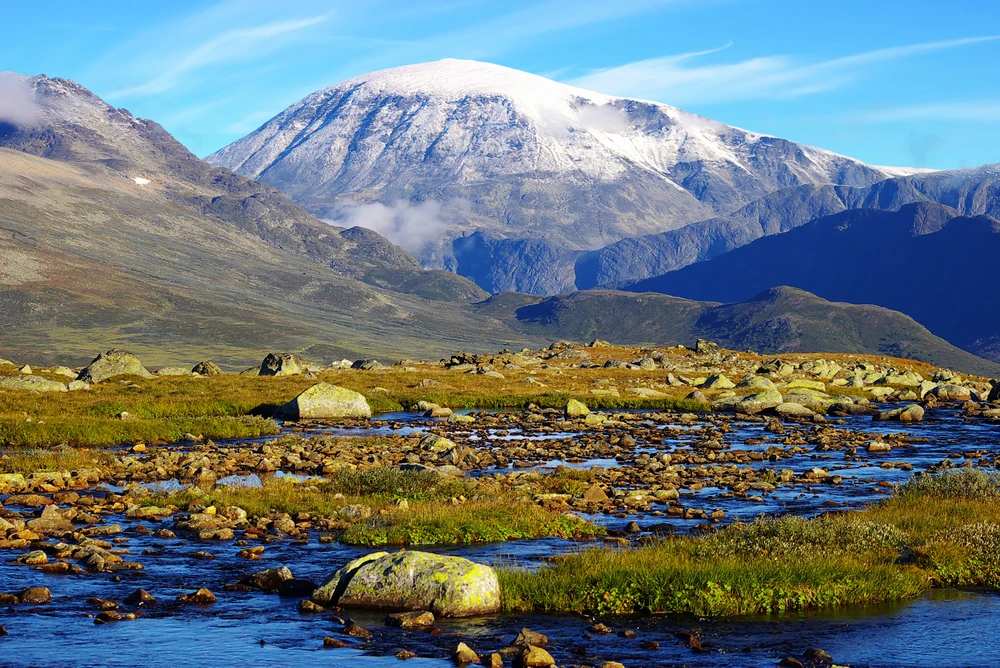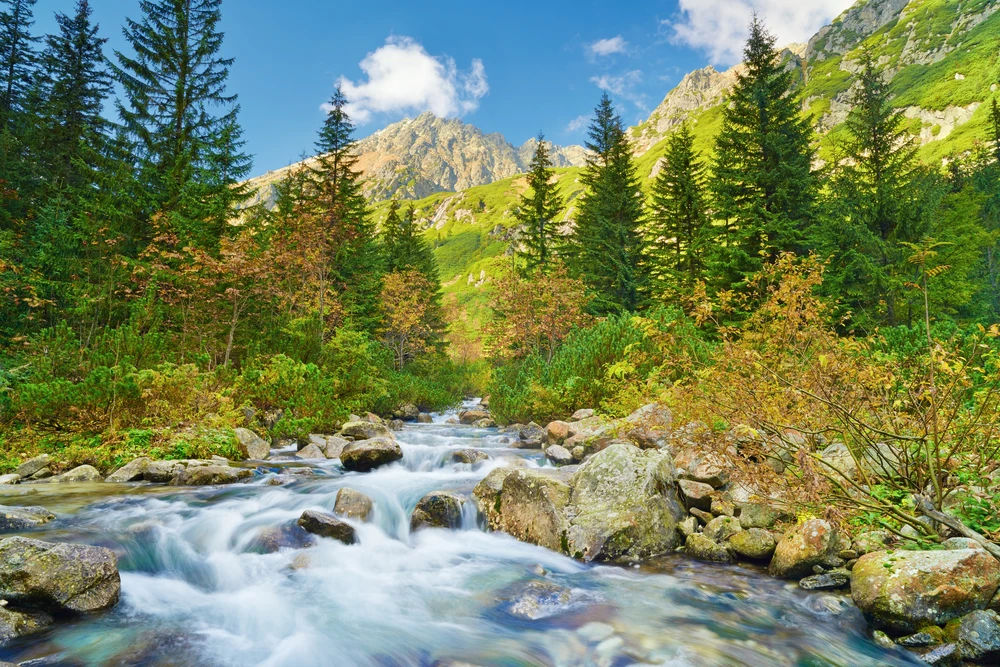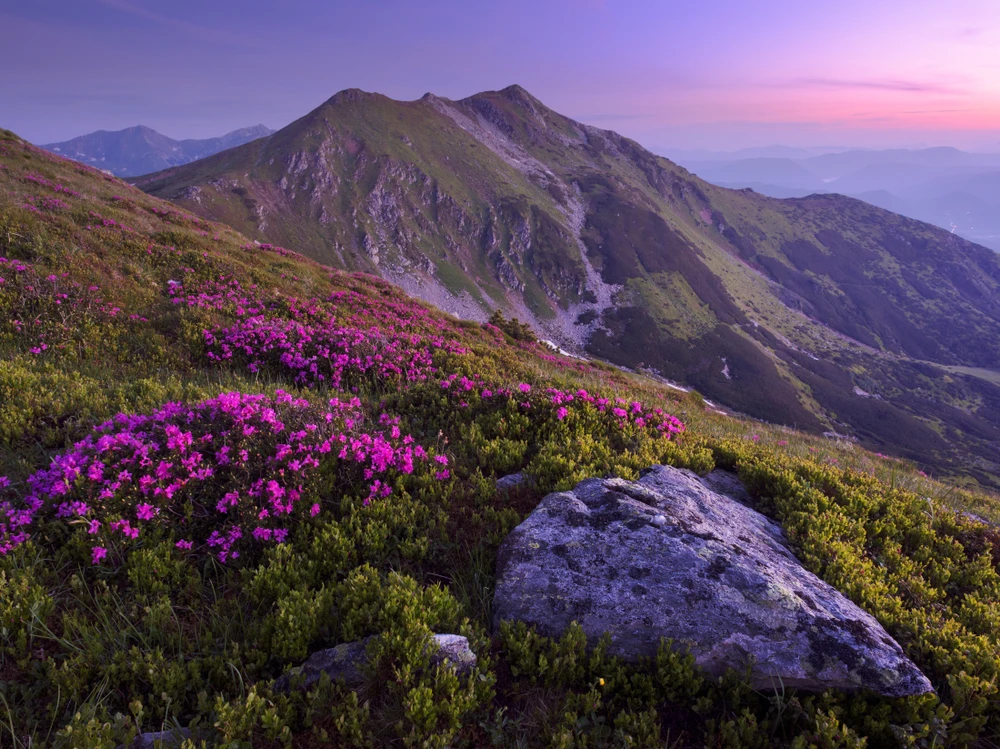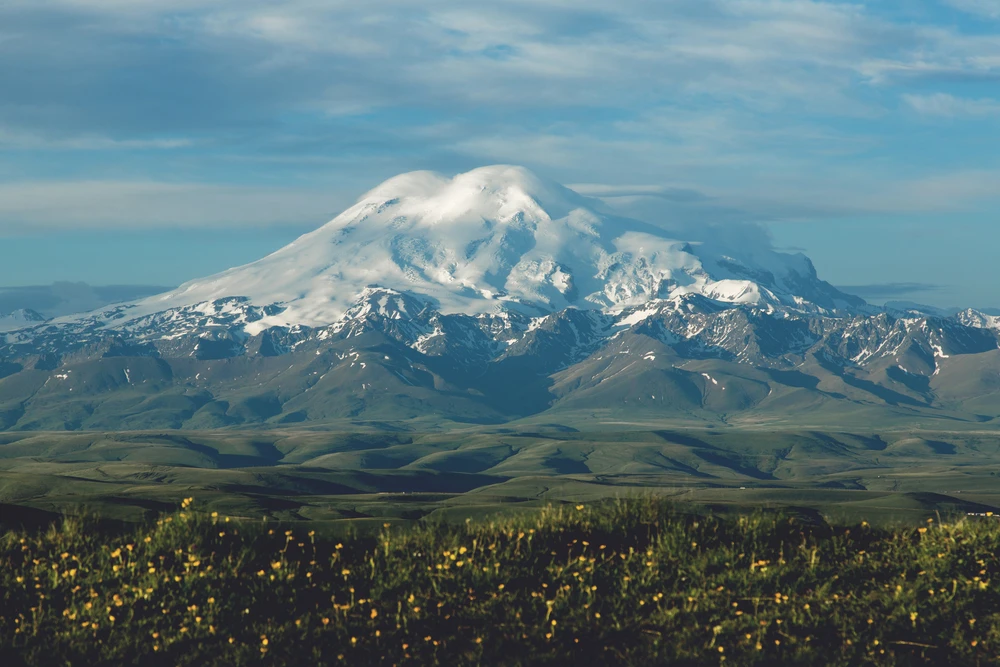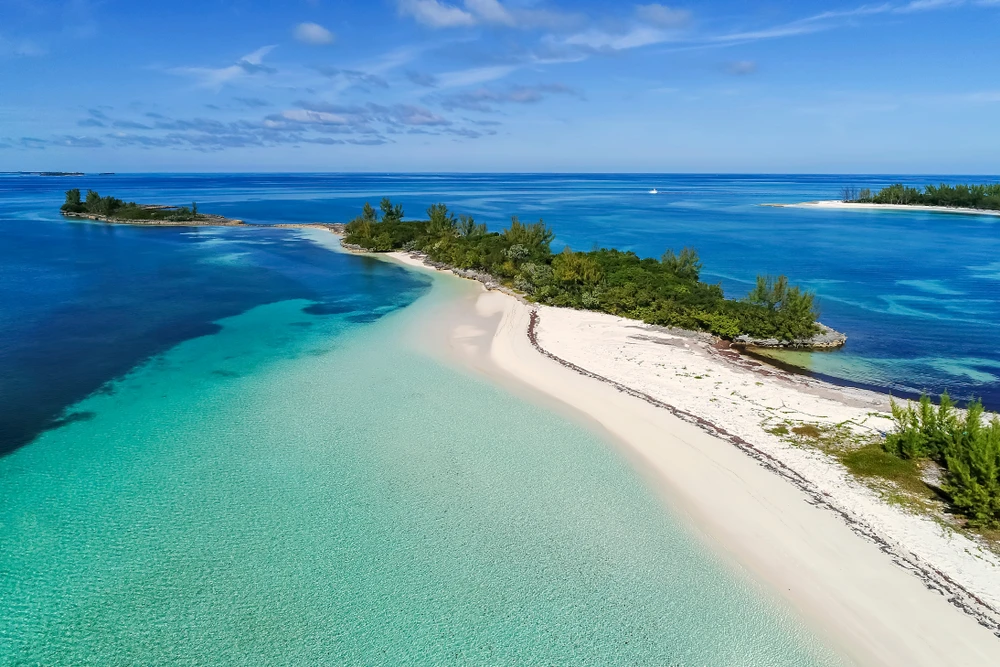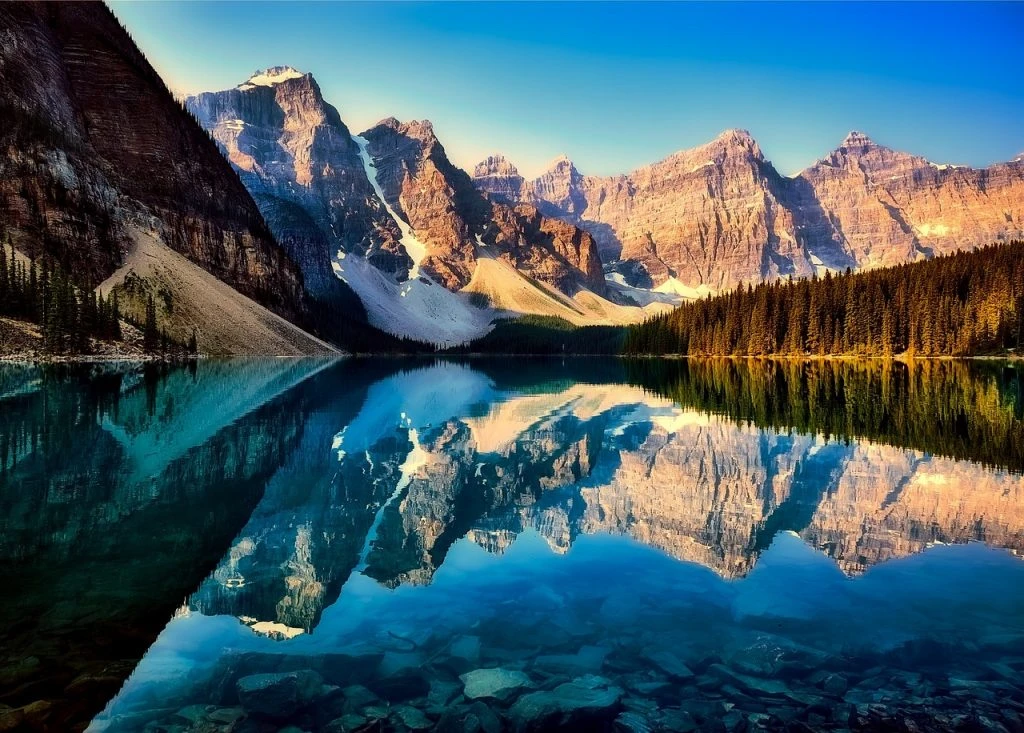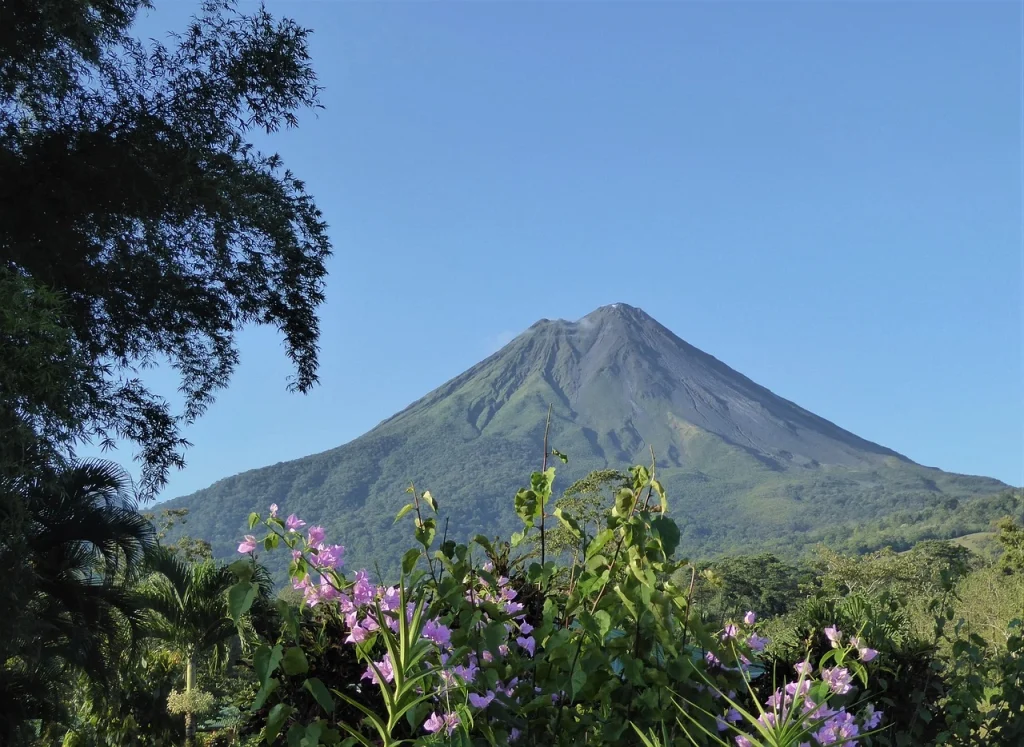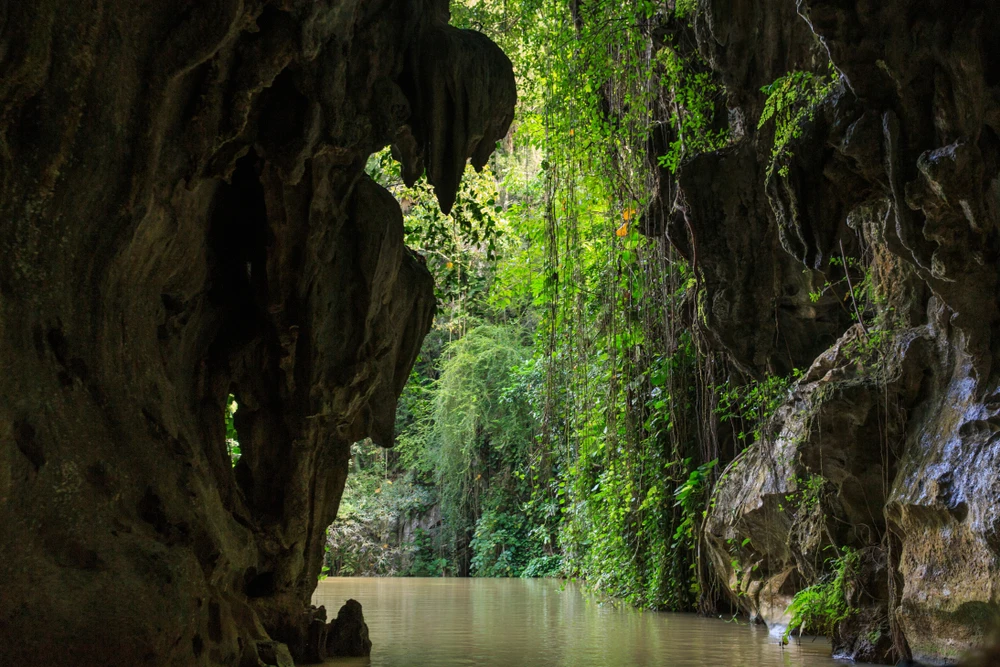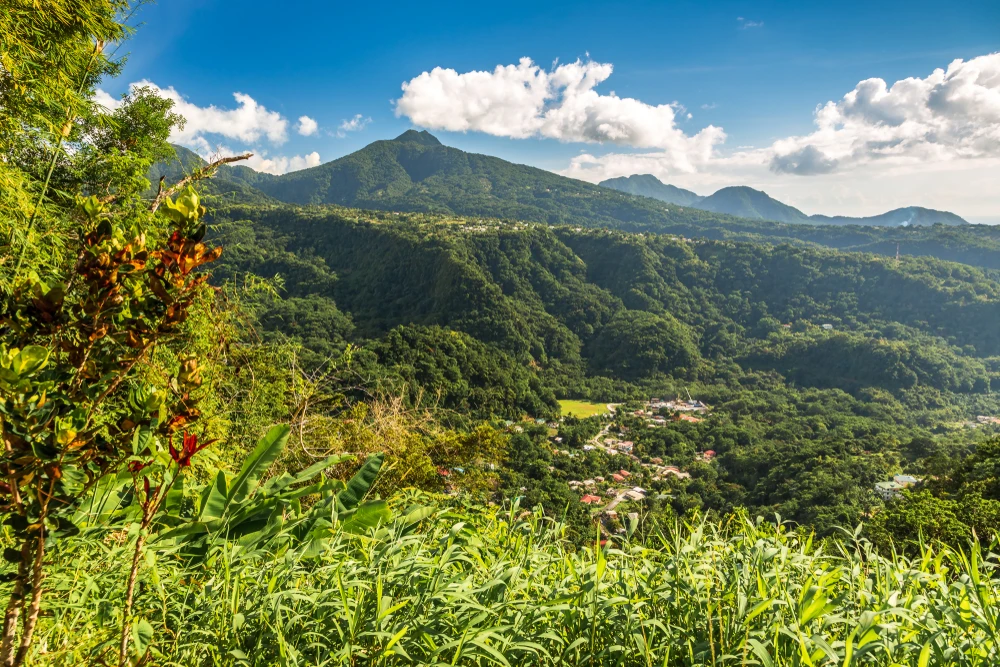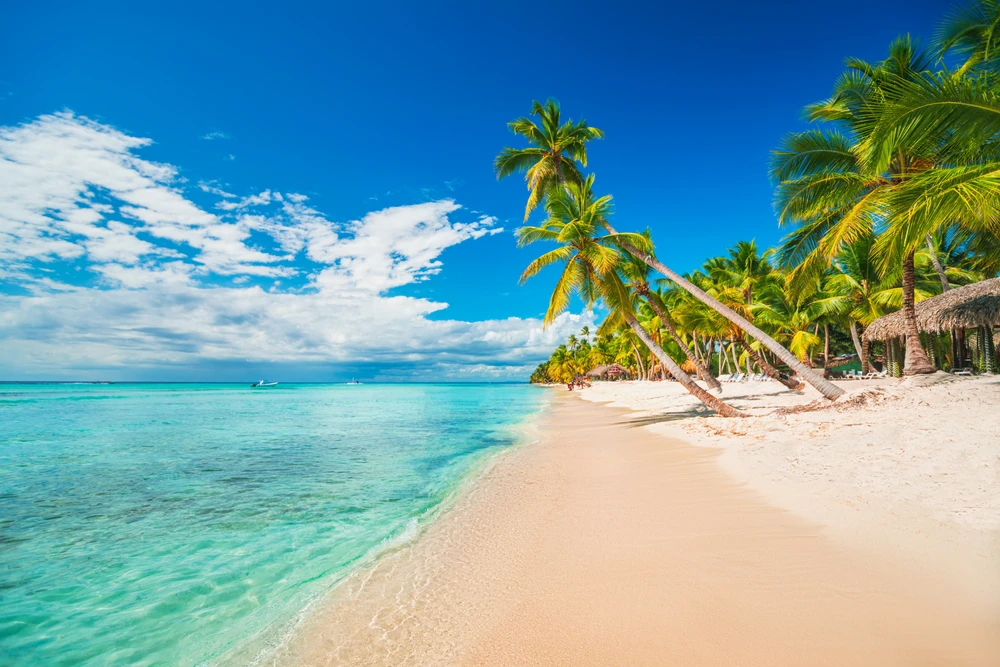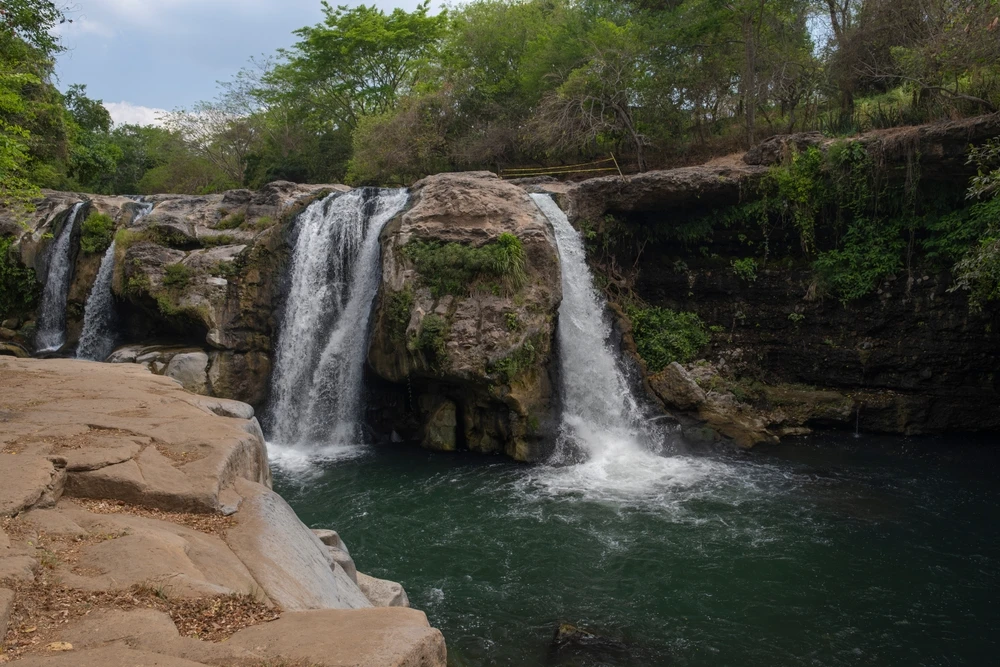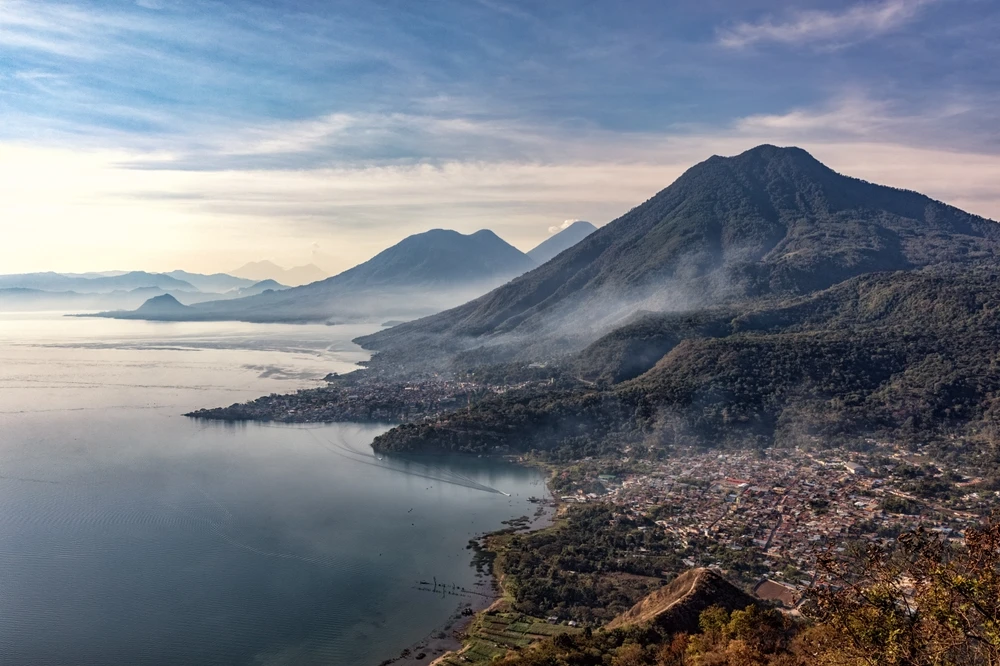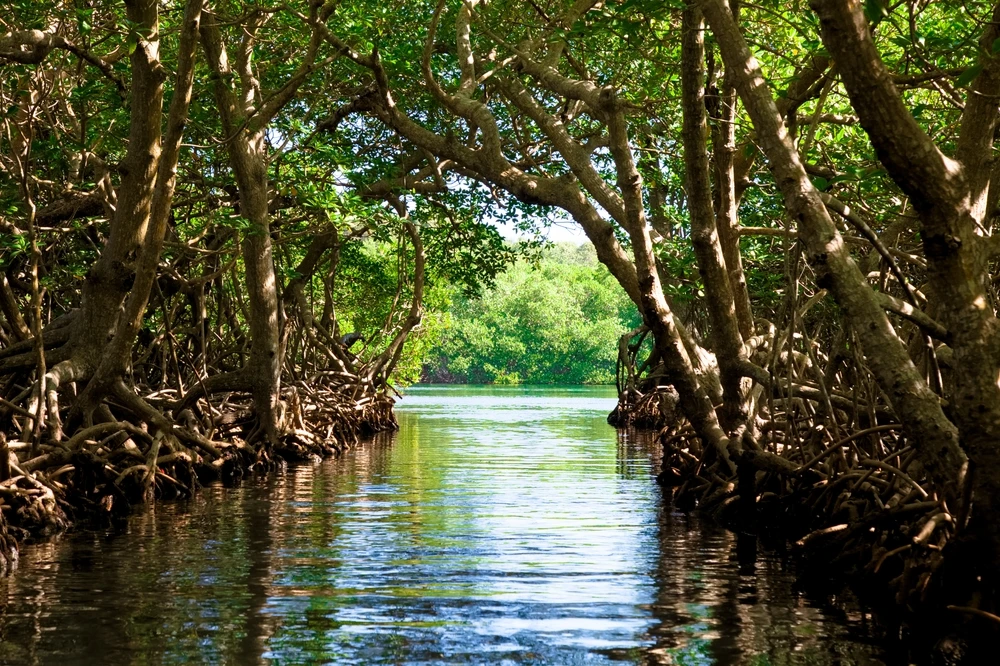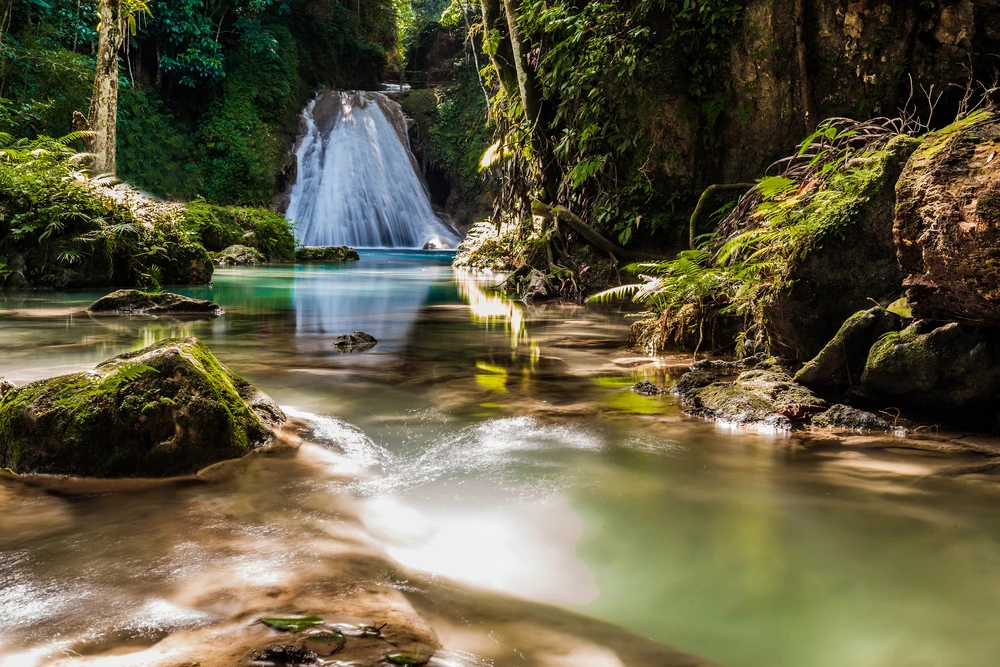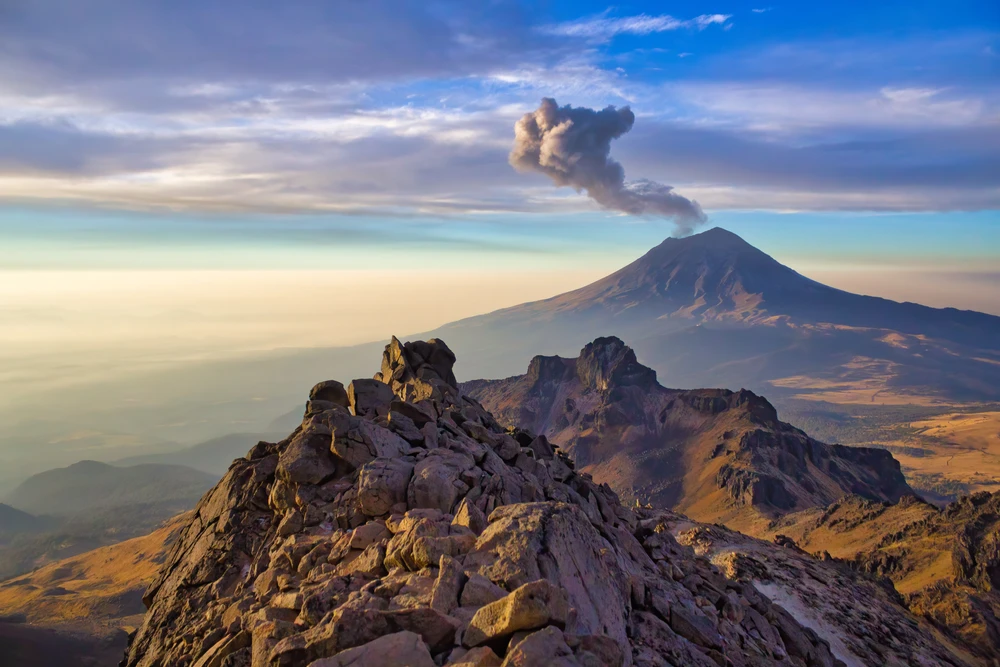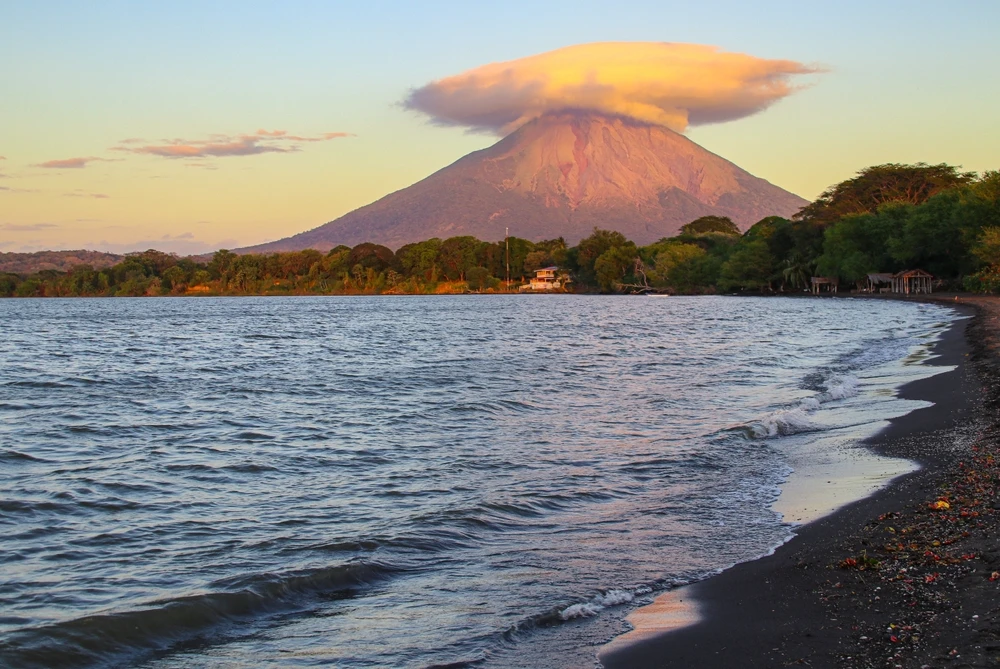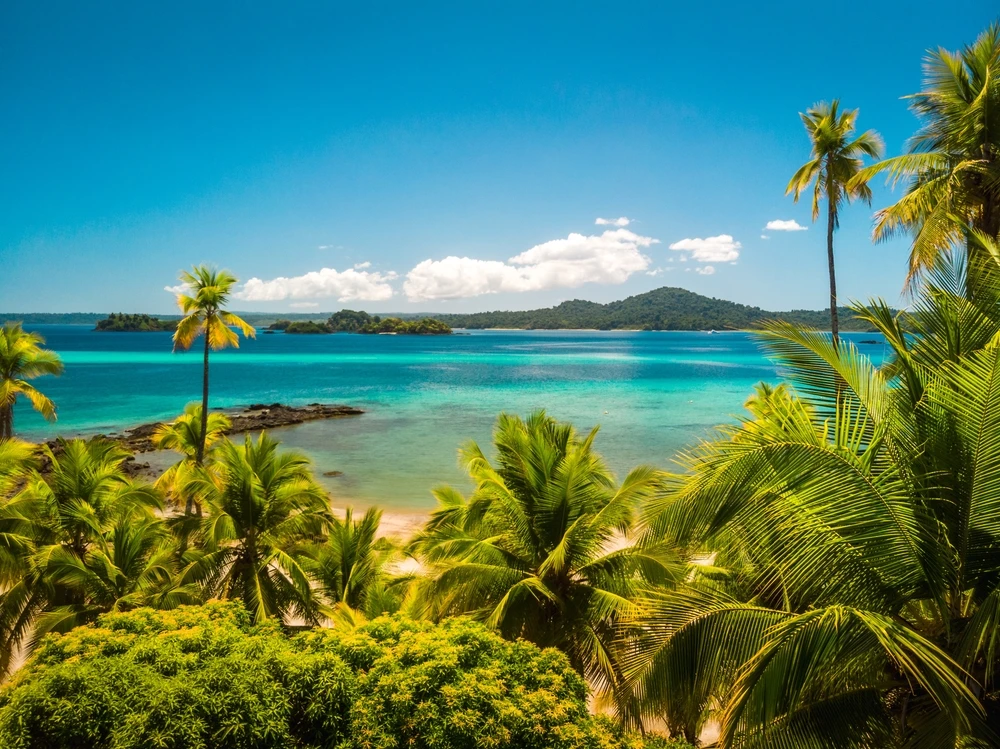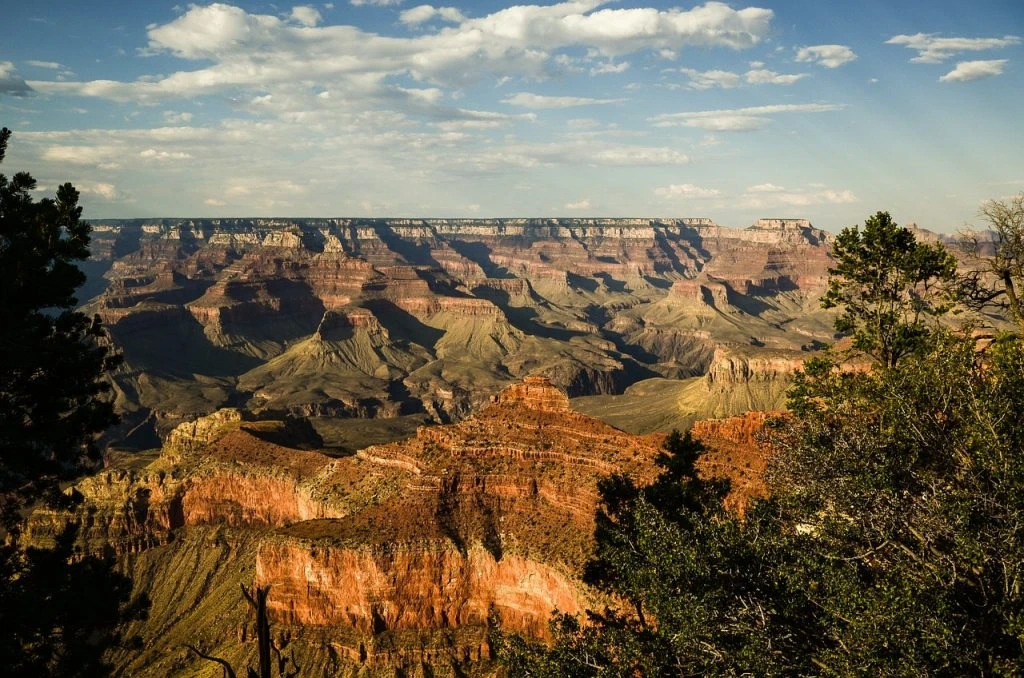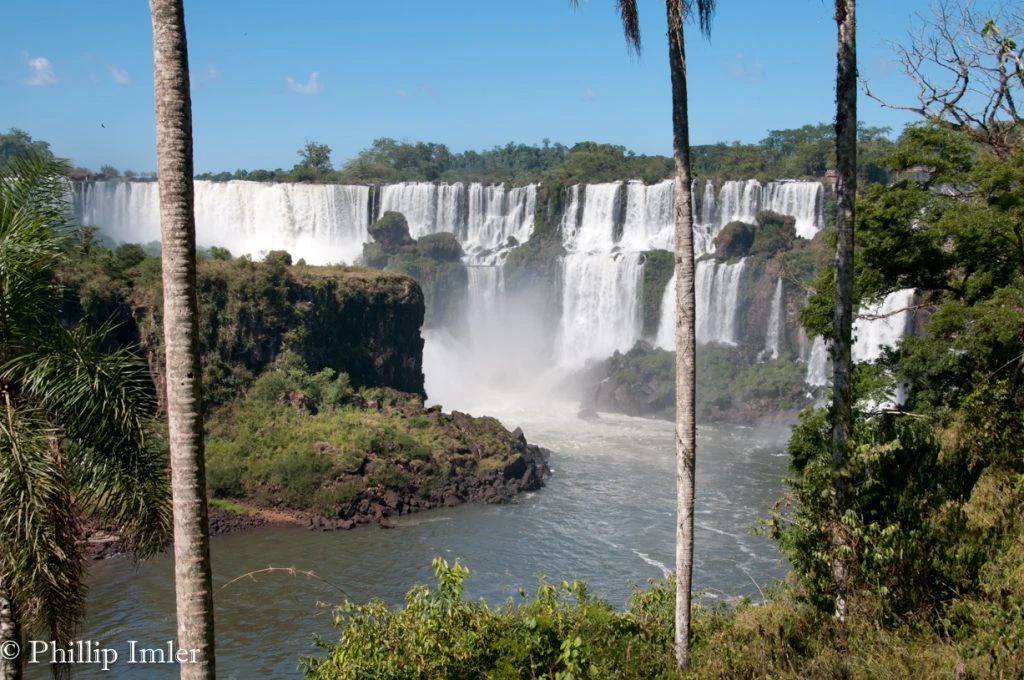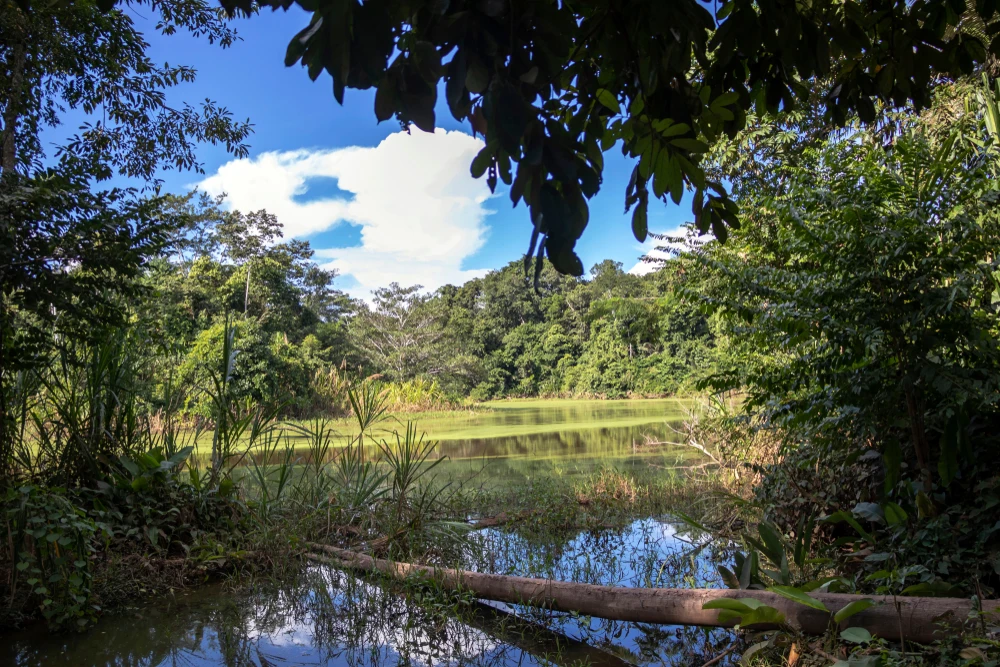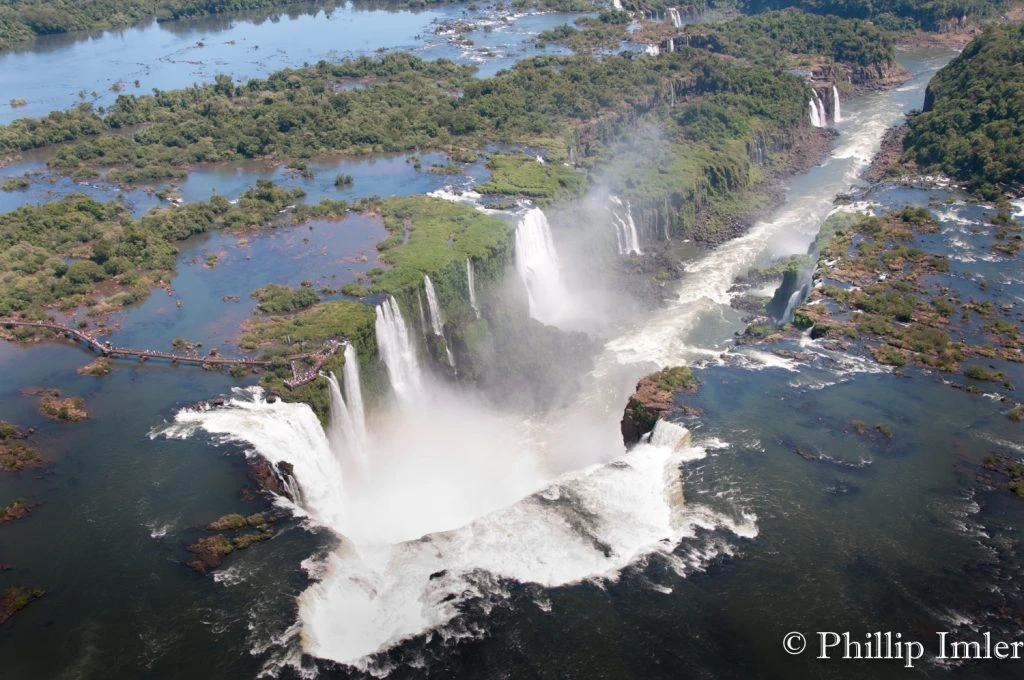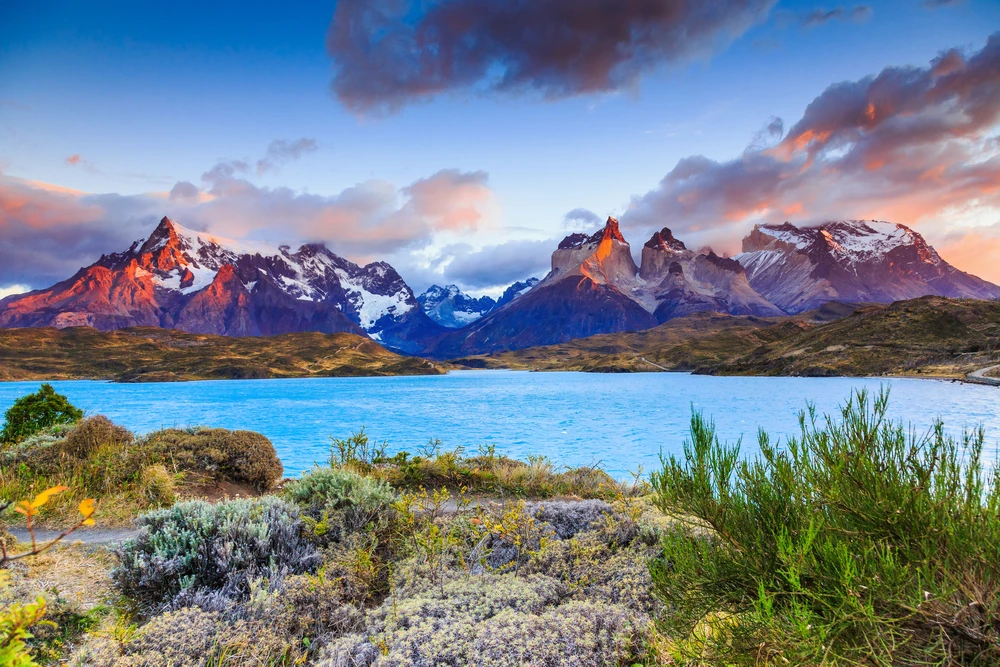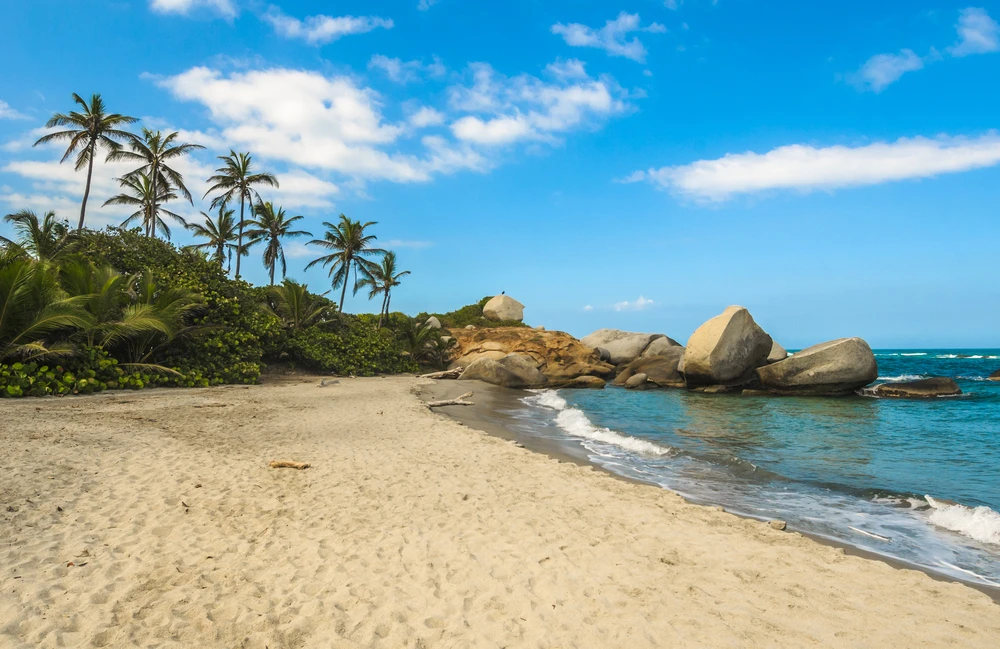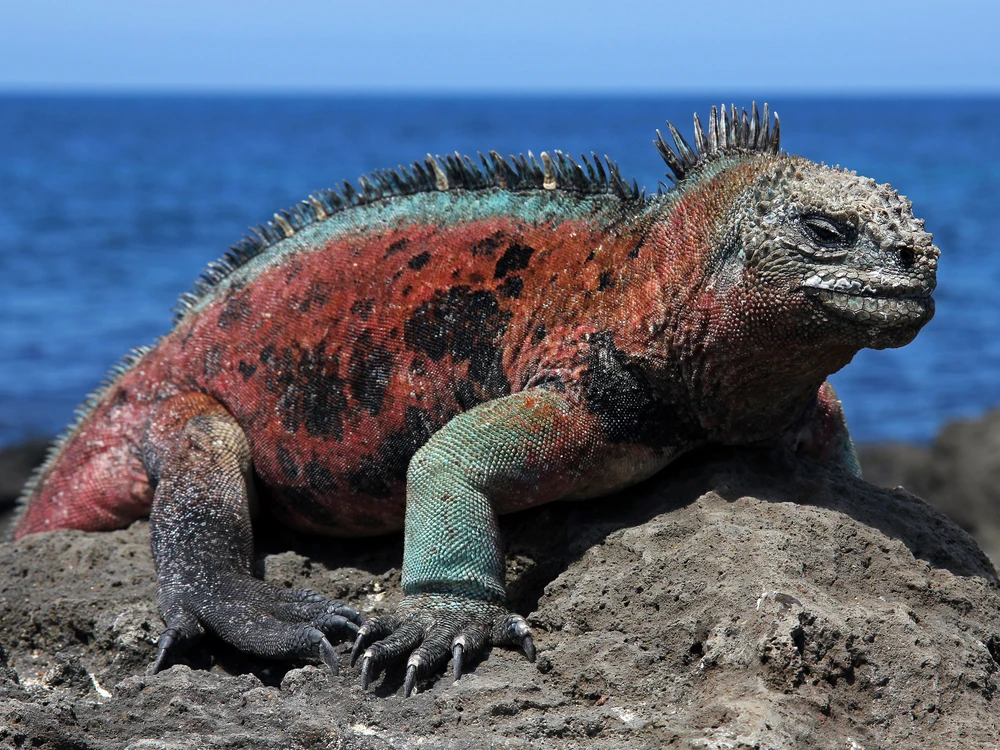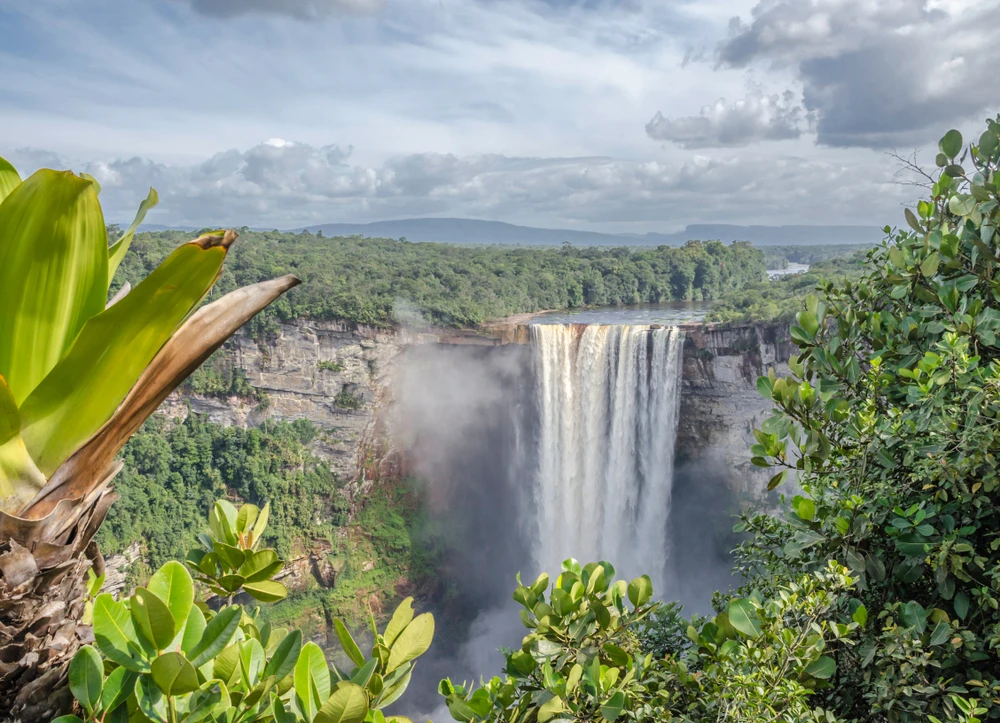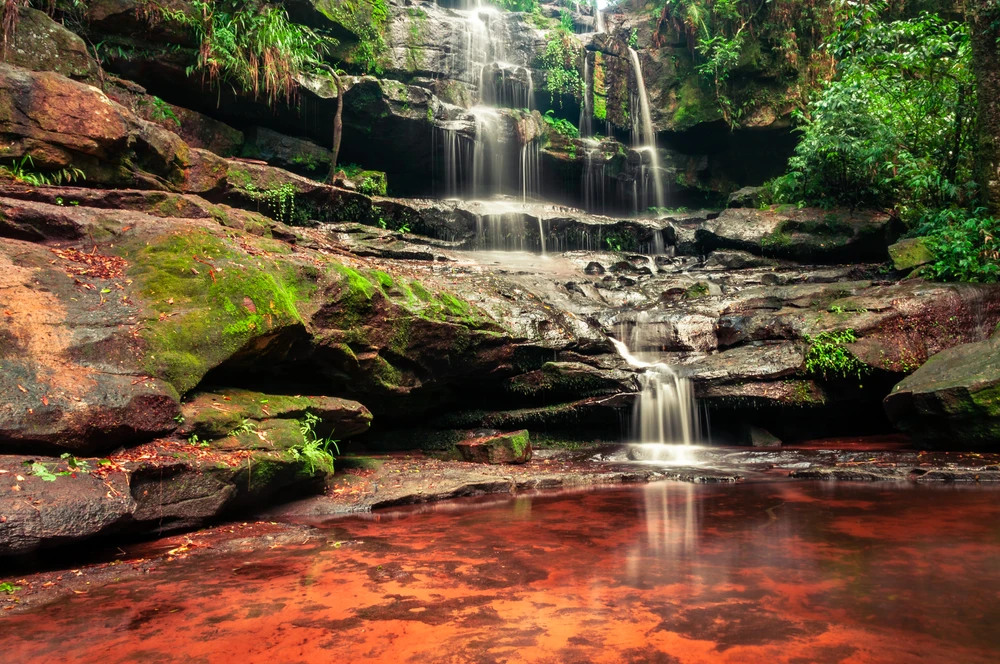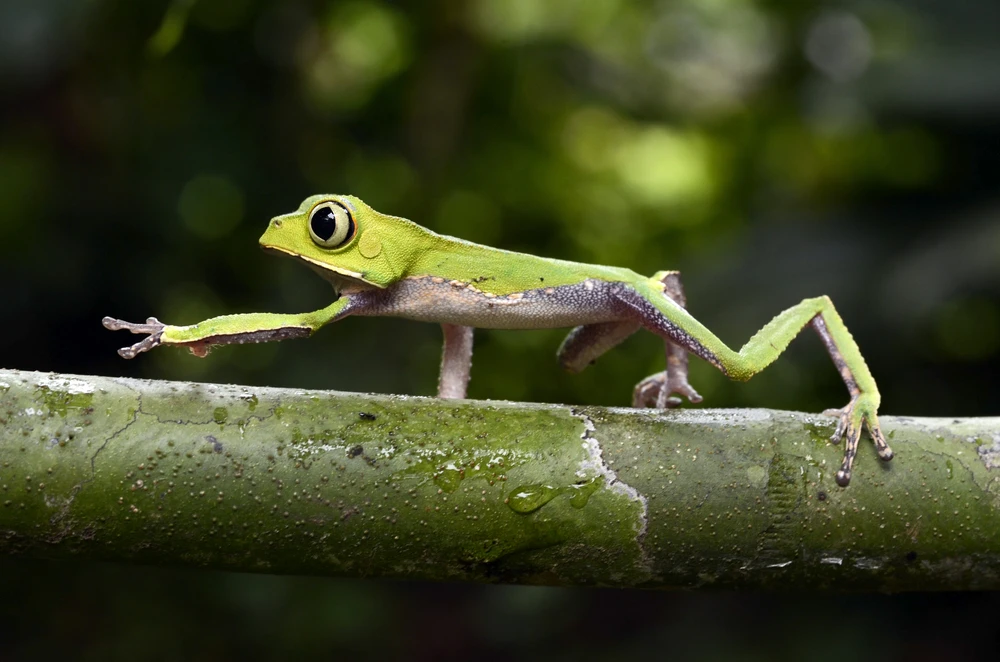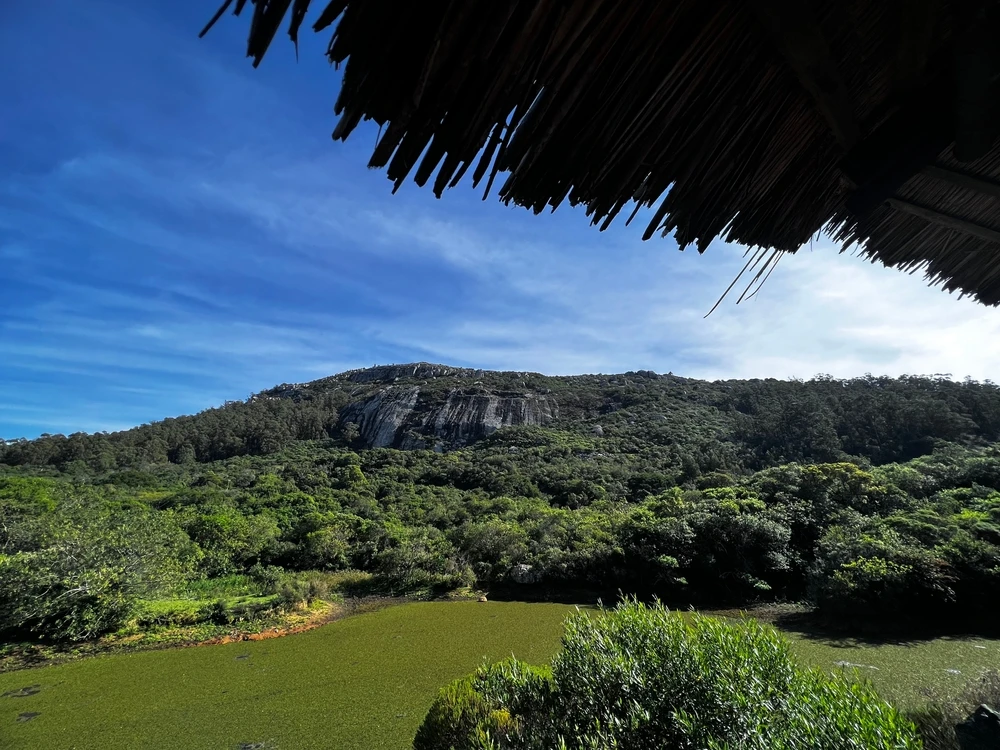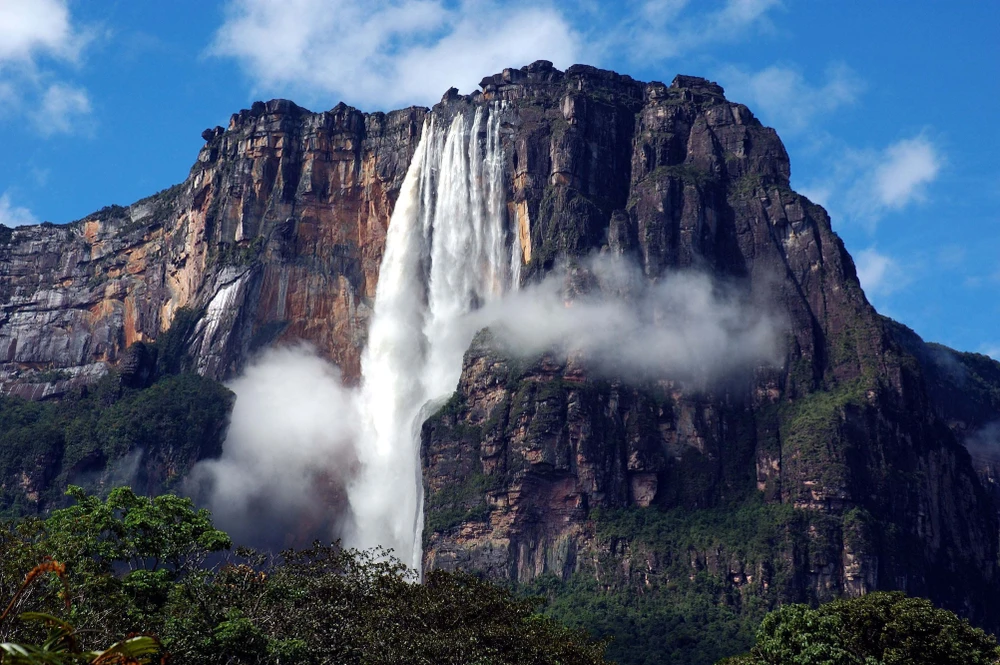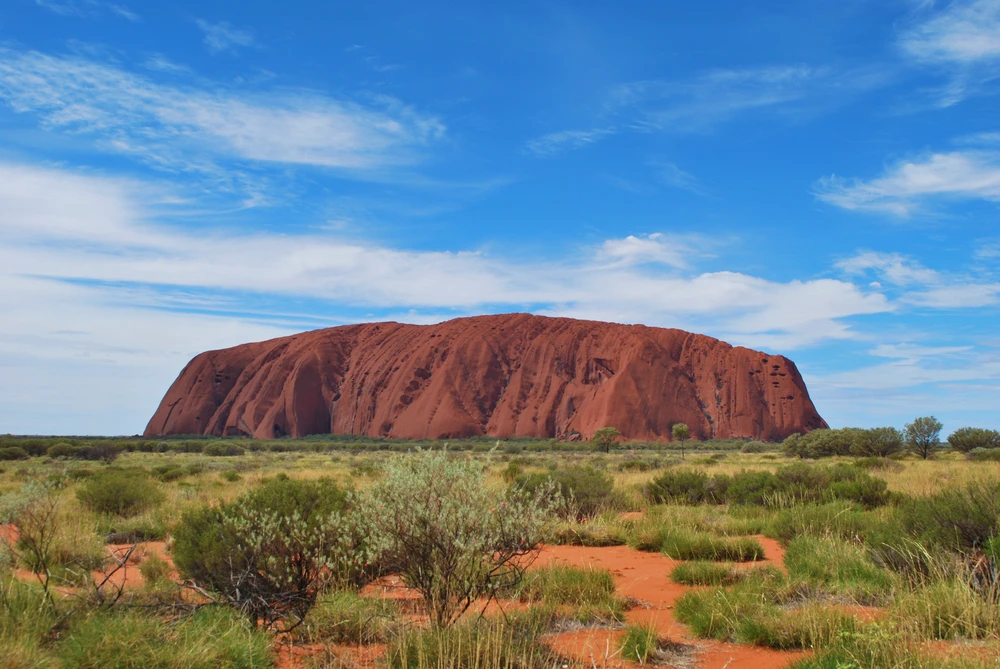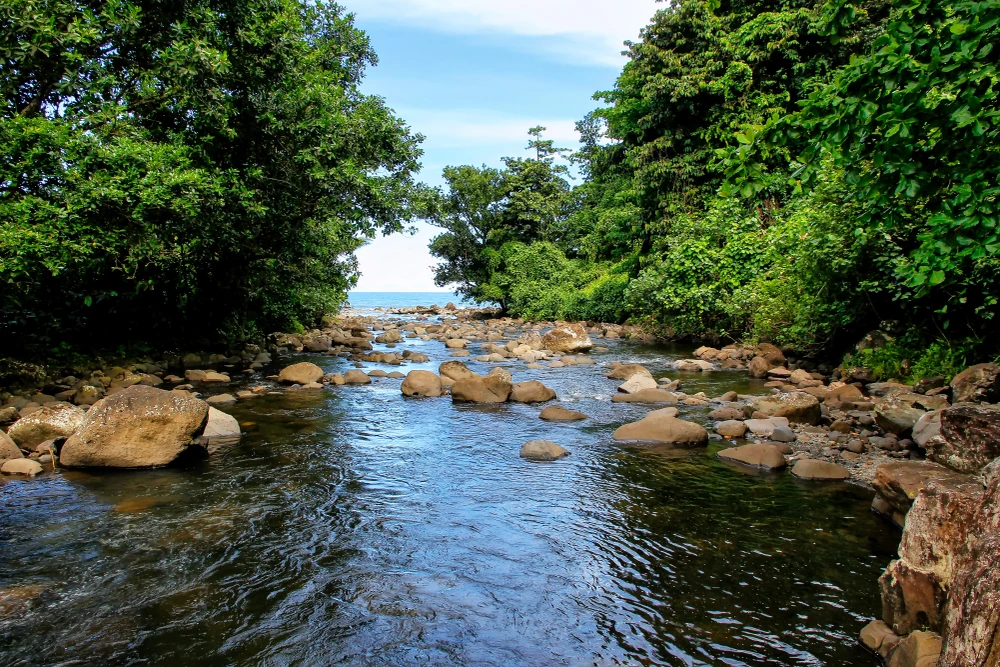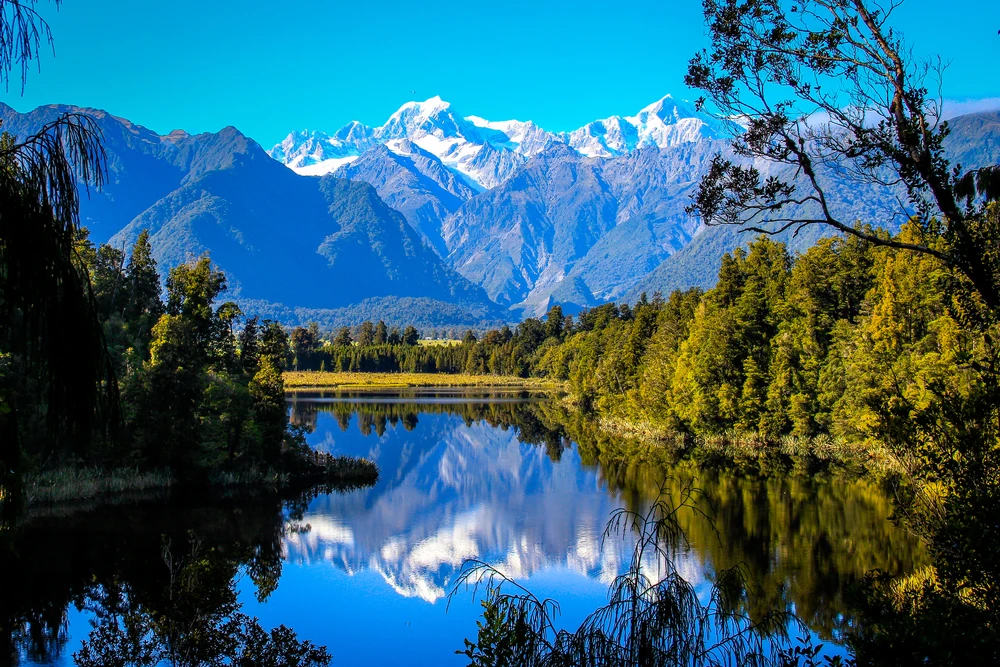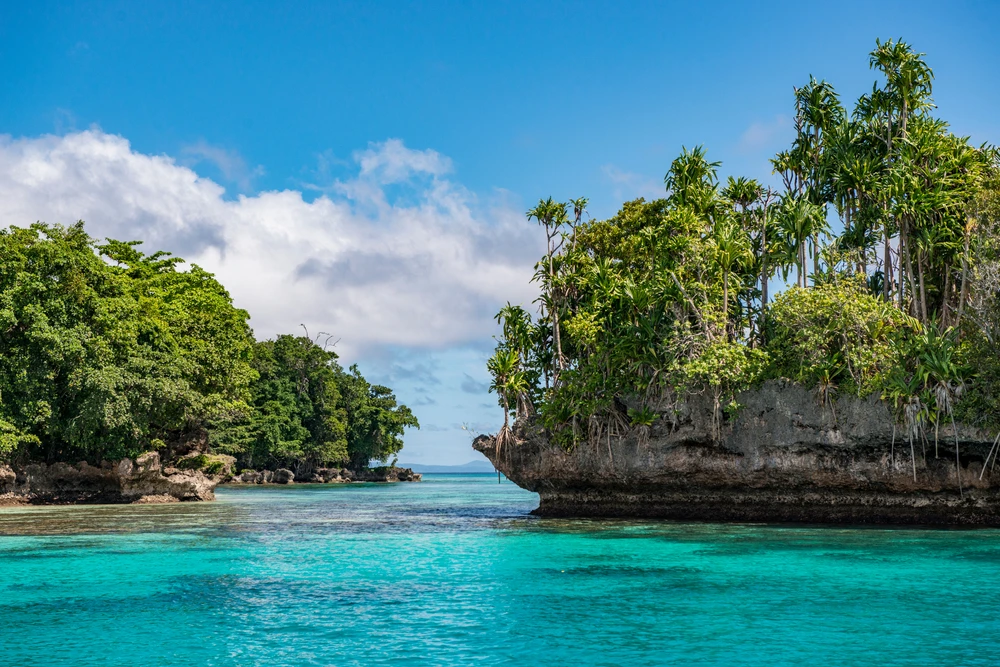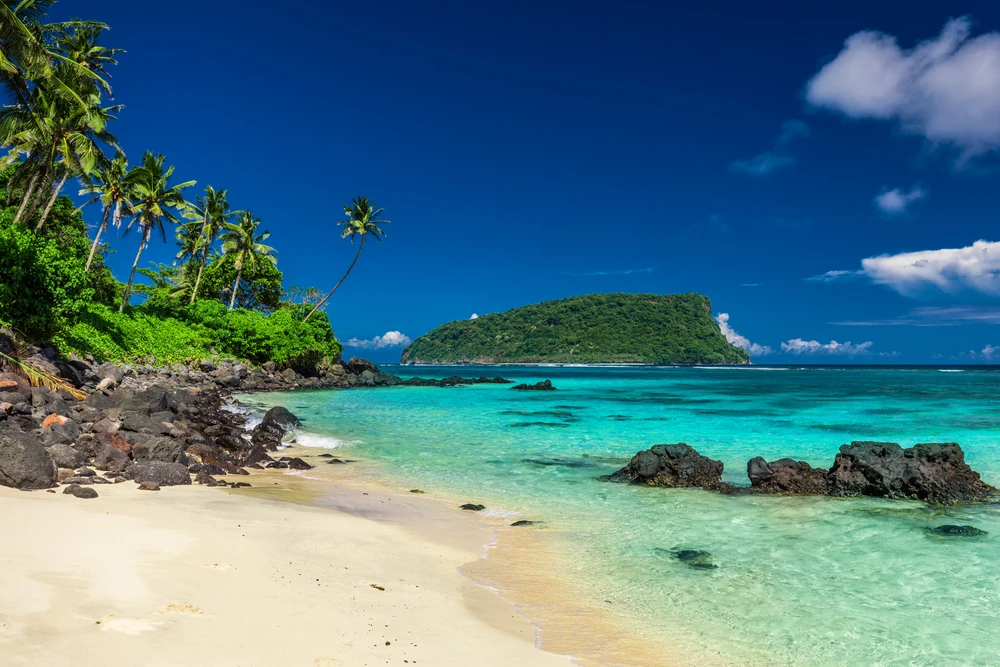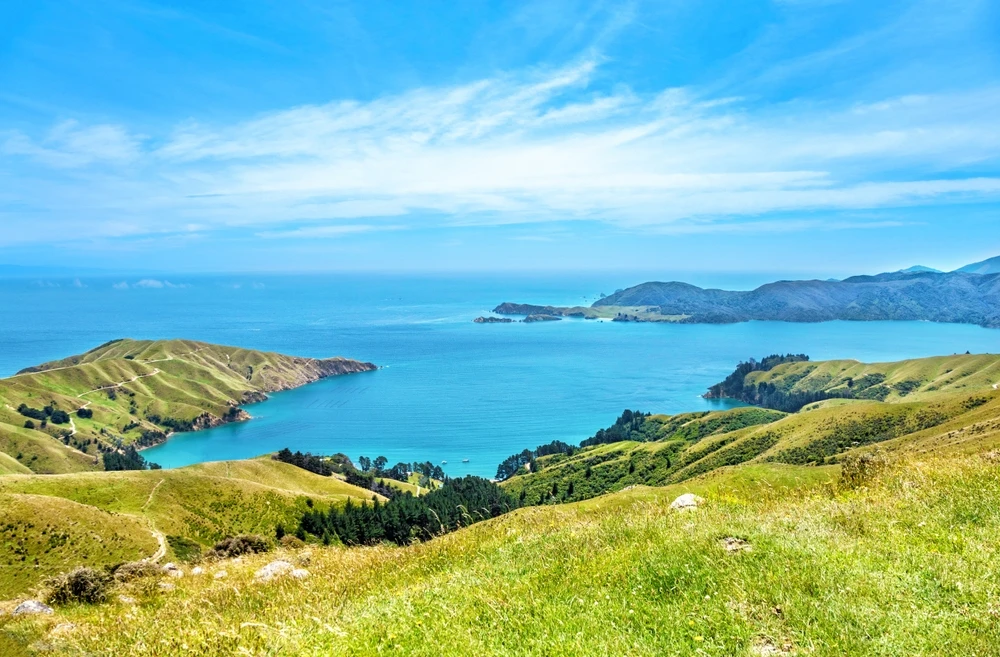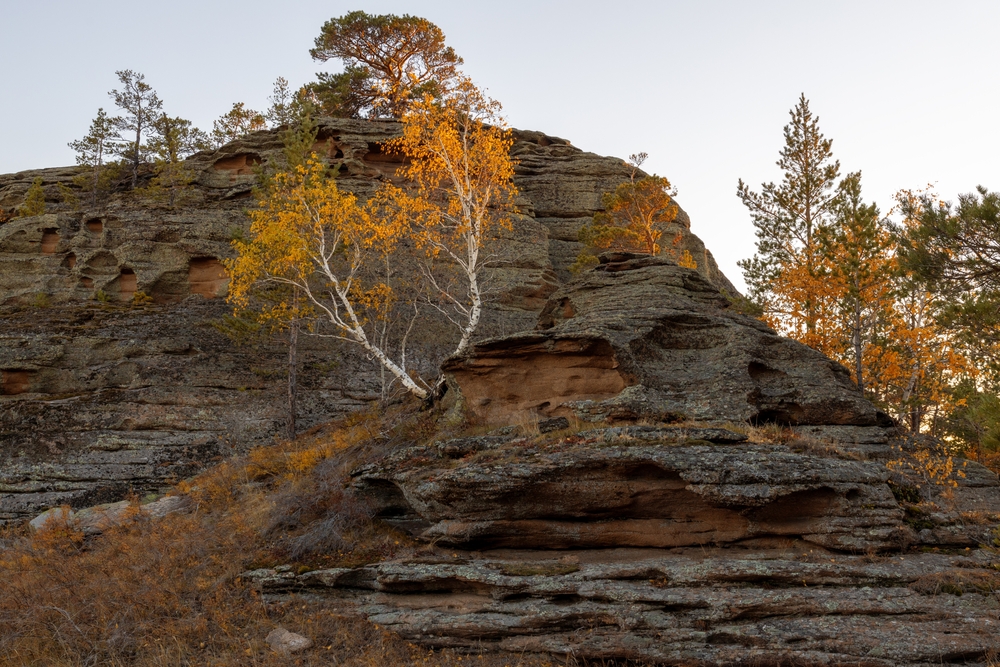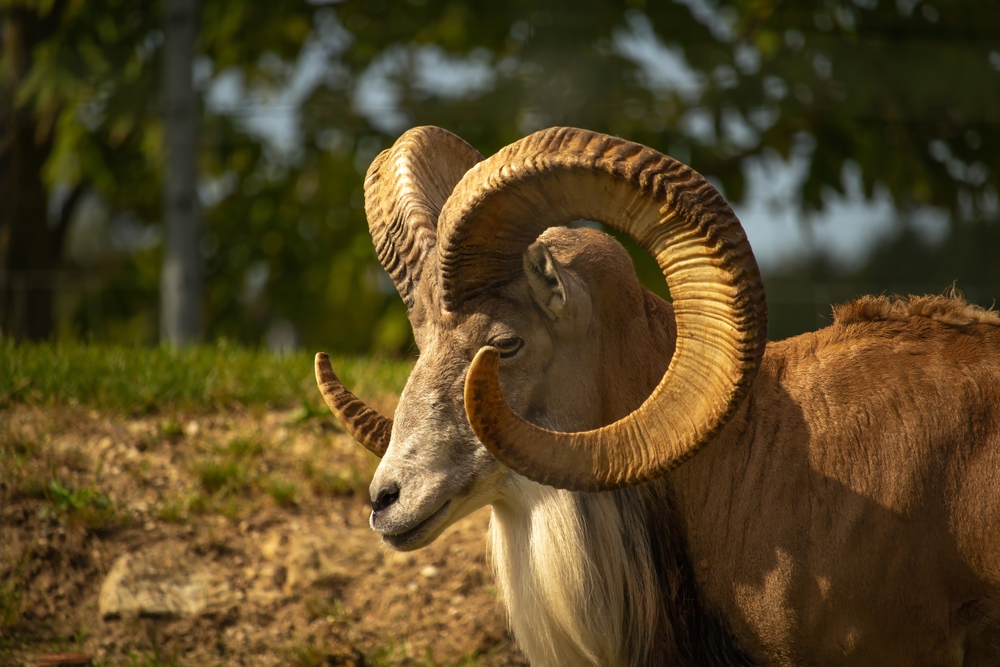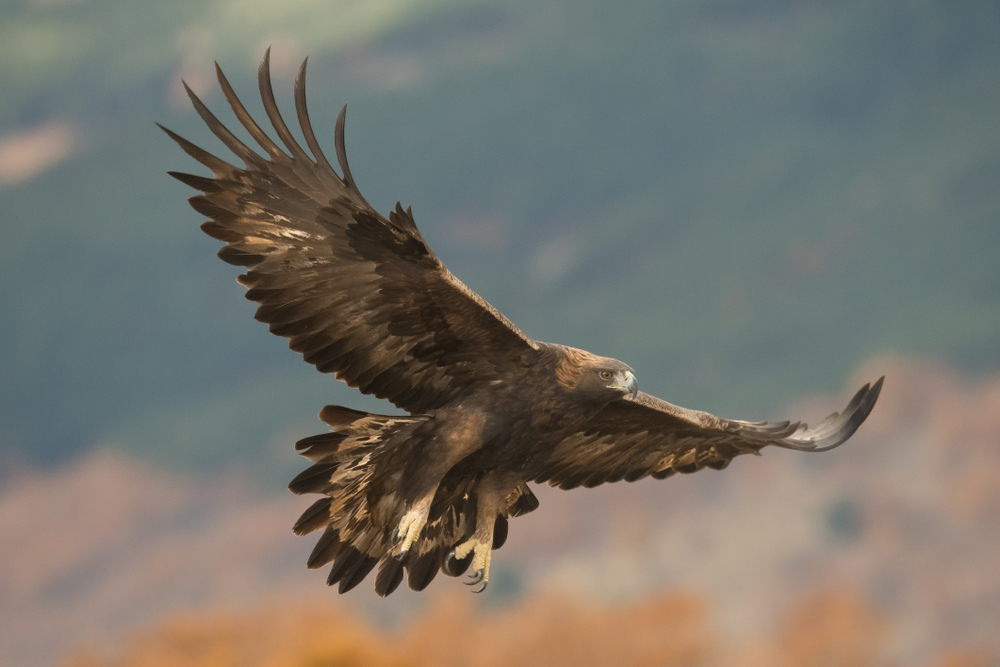Kazakhstan is home to 14 officially designated national parks, offering an extraordinary range of ecosystems and landscapes that reflect the vastness and diversity of this Central Asian nation. From towering mountains and expansive steppes to pristine lakes and ancient forests, these parks provide a sanctuary for unique flora and fauna while preserving the cultural heritage of the region. The parks are not only significant for their ecological value but also for their role in showcasing Kazakhstan’s natural beauty to the world.
One of the most celebrated national parks is Altyn-Emel National Park, located in the southeastern part of the country. Known for its striking desert landscapes and the mysterious Singing Dunes, the park is a geological wonder. The dunes emit a resonant hum when the wind blows, creating a hauntingly beautiful natural phenomenon. The park is also home to rare wildlife such as the goitered gazelle and the Przewalski’s horse, as well as significant archaeological sites, including ancient petroglyphs.
Charyn National Park is another highlight, famous for the Charyn Canyon, often compared to the Grand Canyon for its dramatic sandstone formations. The park’s rugged terrain, carved by the Charyn River over millions of years, offers breathtaking views and thrilling adventures for hikers and photographers. The park also protects rare plant species, including the Sogdian ash tree, which forms a unique grove in the canyon’s Eco Park.
Kolsay Lakes National Park, often called the “Pearls of the Northern Tien Shan,” is renowned for its trio of emerald-green lakes nestled in the mountains. The serene beauty of these alpine lakes, surrounded by lush forests and snow-capped peaks, makes it a popular destination for trekking and horseback riding. The park is also a haven for wildlife, including lynxes and golden eagles, which thrive in its pristine environment.
Althoguh not a national park, Ustyurt Nature Reserve in the western region offers an entirely different landscape. This park’s vast plateaus, chalk cliffs, and salt marshes represent the unique desert ecosystems of Kazakhstan. The park is home to rare and endangered species, such as the saiga antelope and desert monitors, and its untouched terrain provides opportunities for scientific research and eco-tourism.
Burabay National Park, often referred to as the “Kazakh Switzerland,” is famous for its picturesque combination of lakes, pine forests, and rocky hills. Its tranquil beauty and recreational opportunities, including boating and hiking, attract visitors year-round. The park also holds cultural significance, with numerous legends tied to its unique rock formations.
Kazakhstan’s national parks face challenges such as climate change, illegal poaching, and the pressures of increasing tourism. However, significant conservation efforts, including reforestation projects, wildlife monitoring, and community-based eco-tourism, have shown promising results in preserving these natural treasures.
Below is an Alphabetical List of the National Parks in Kazakhstan

